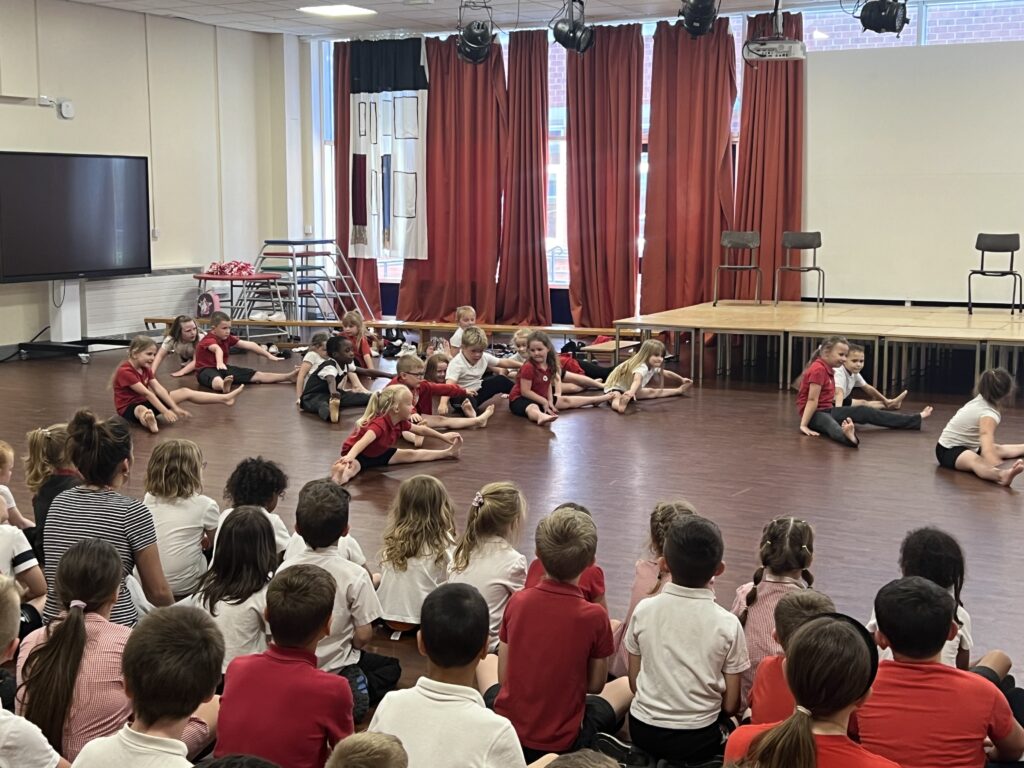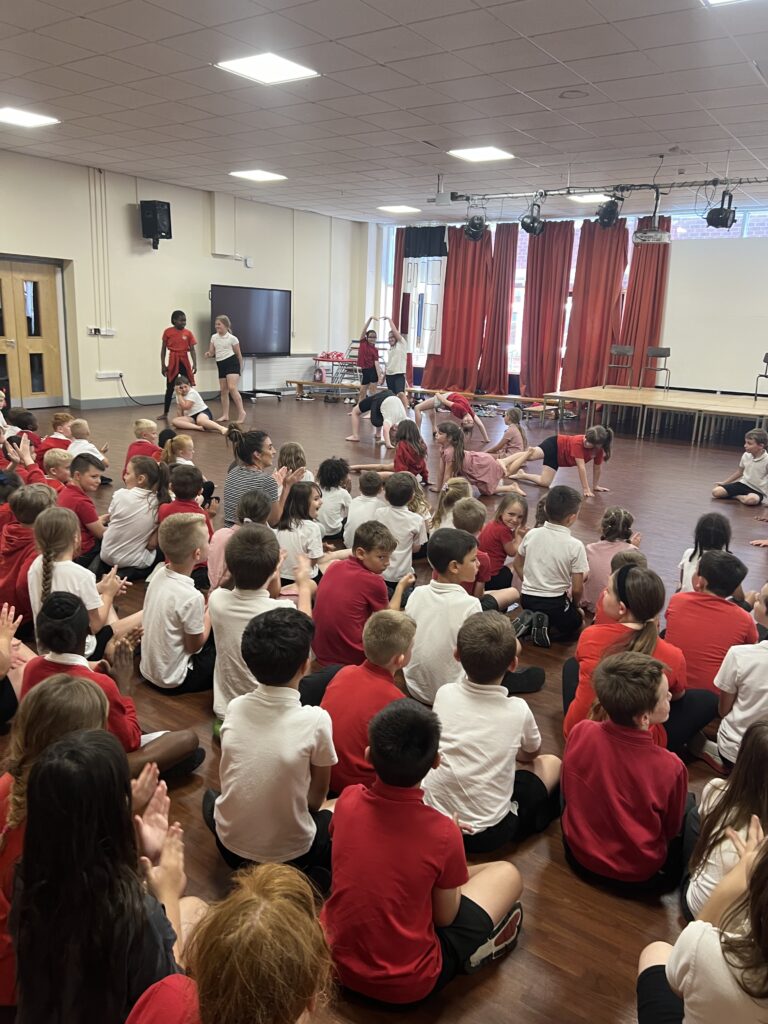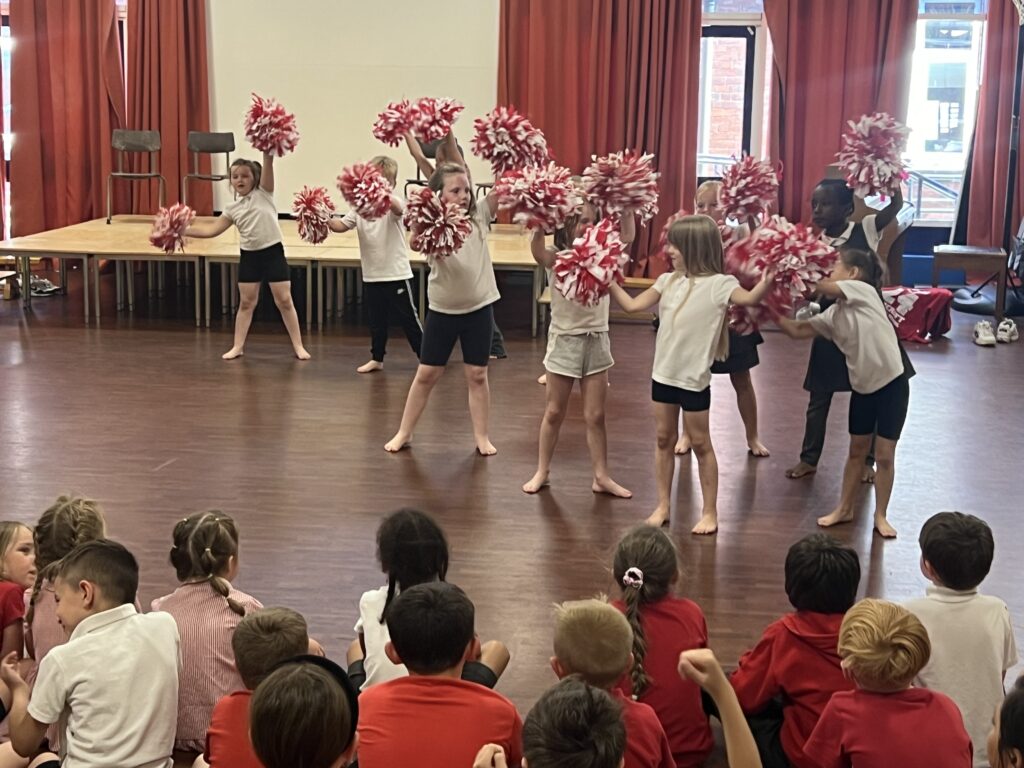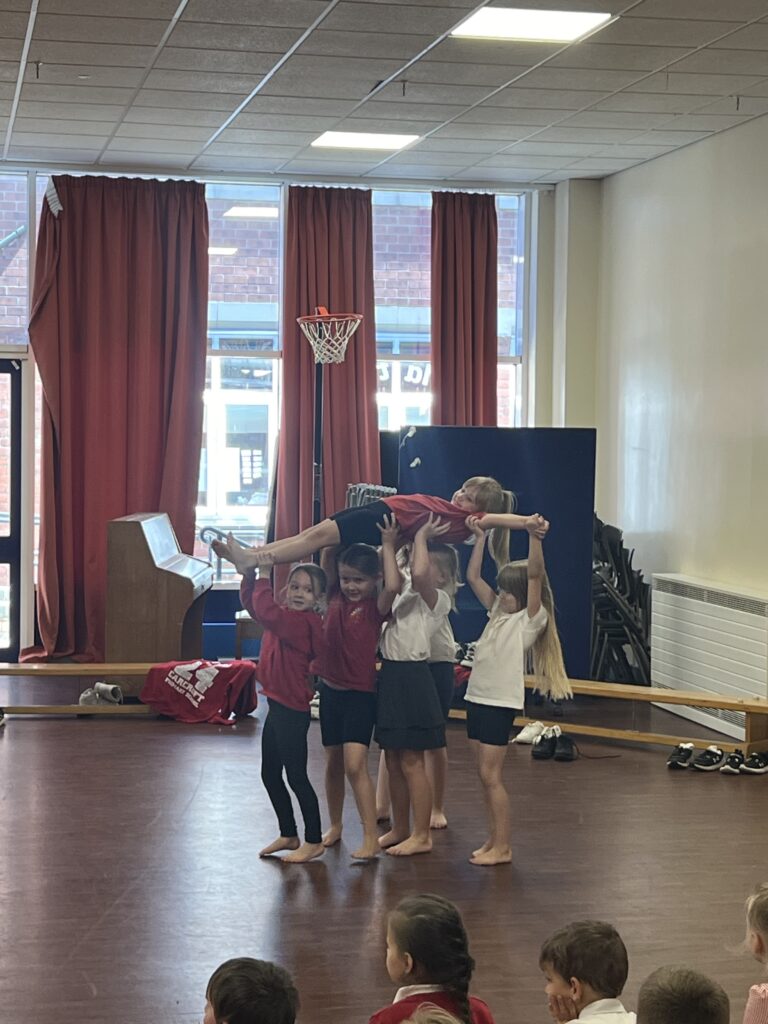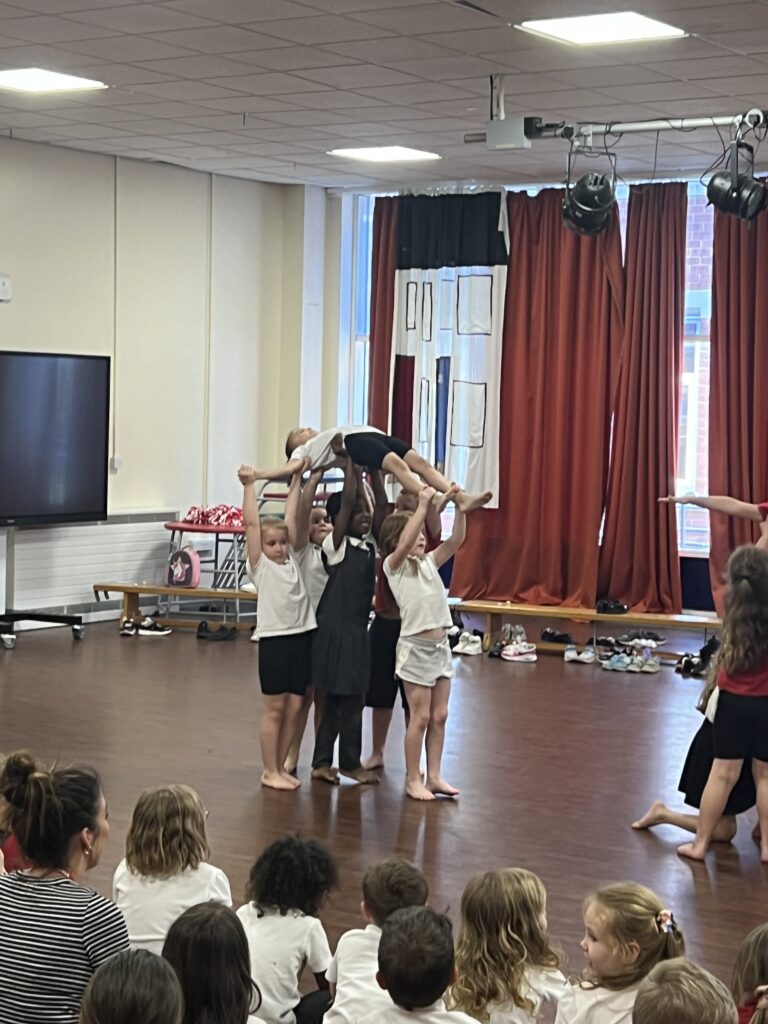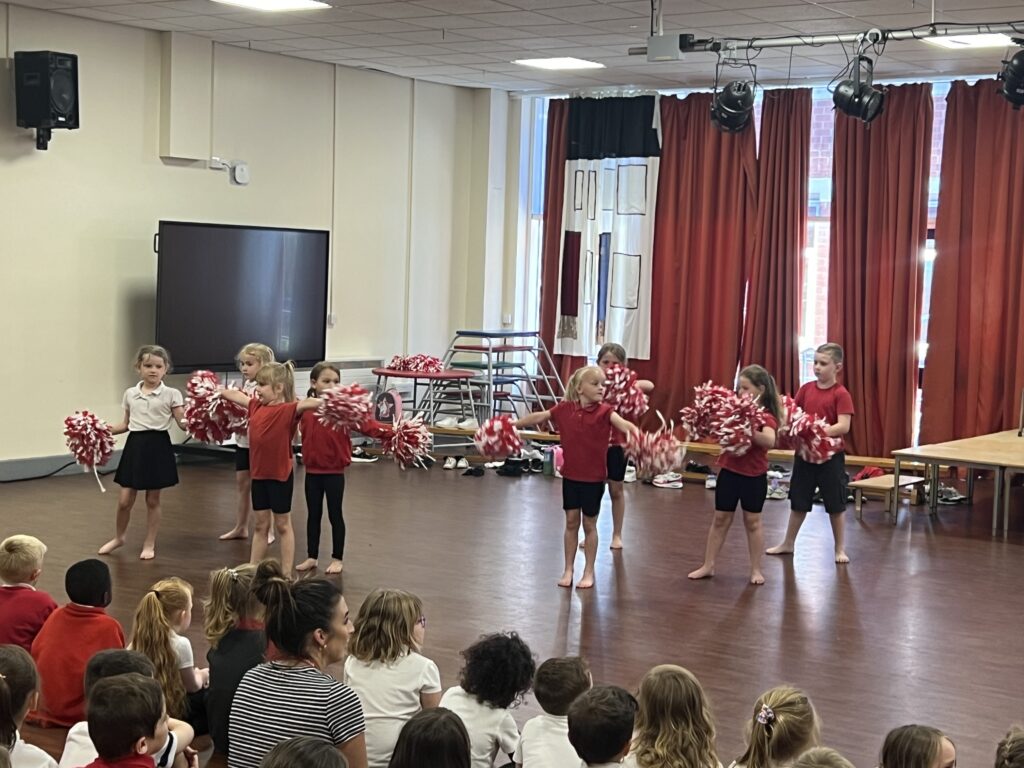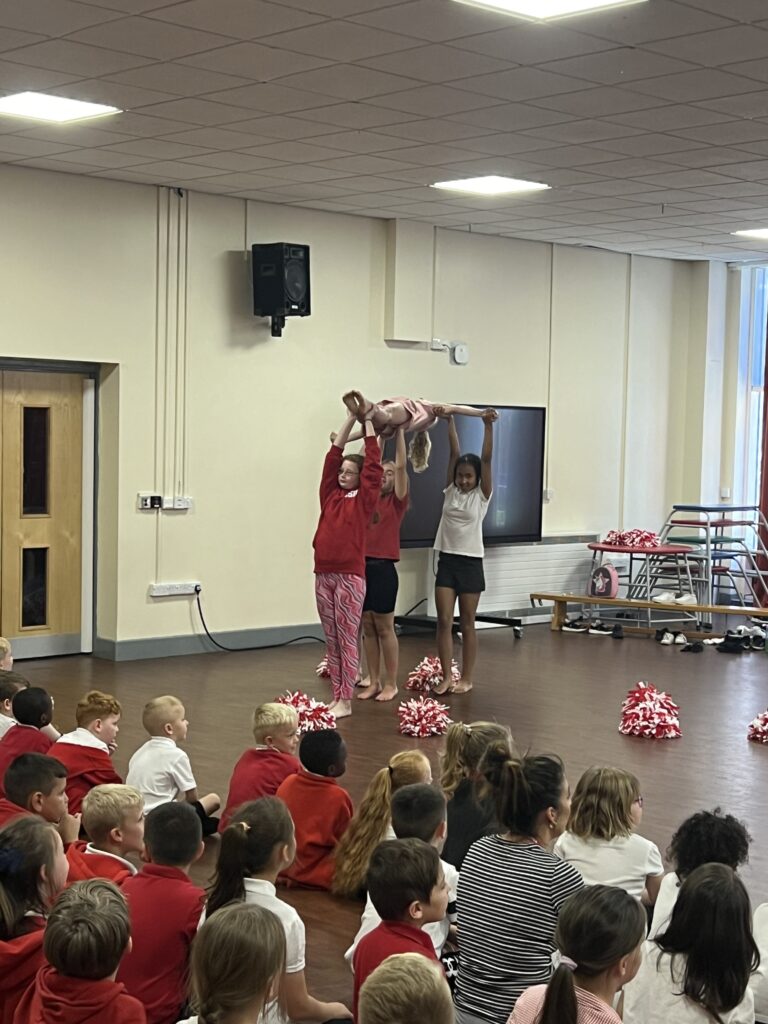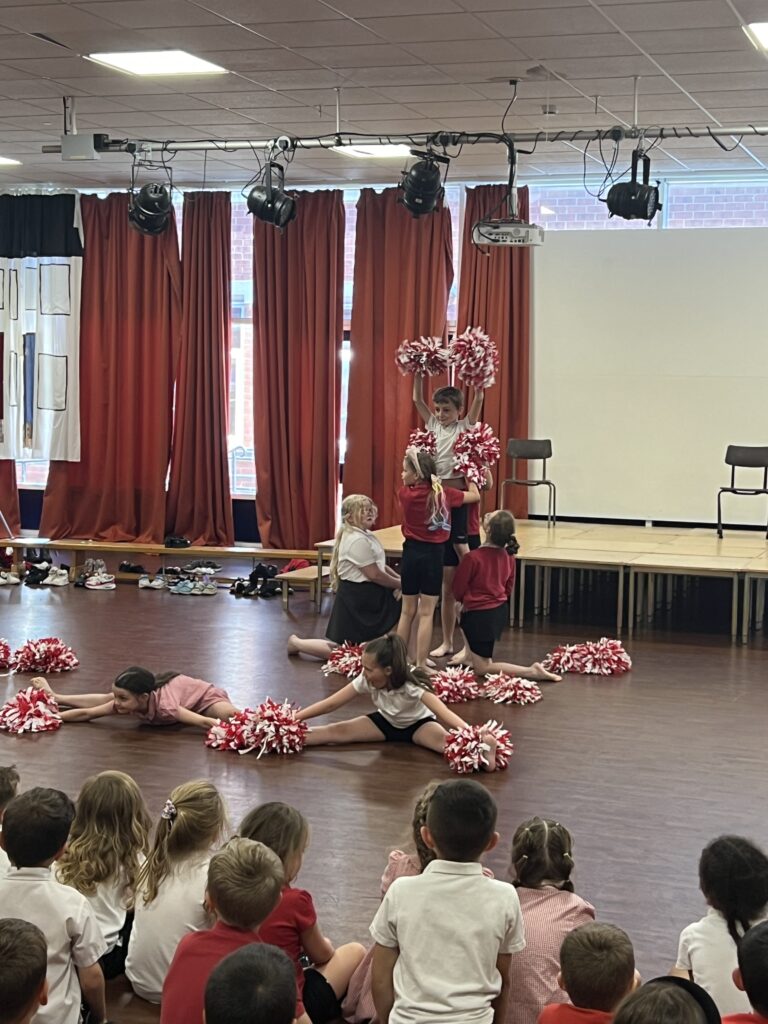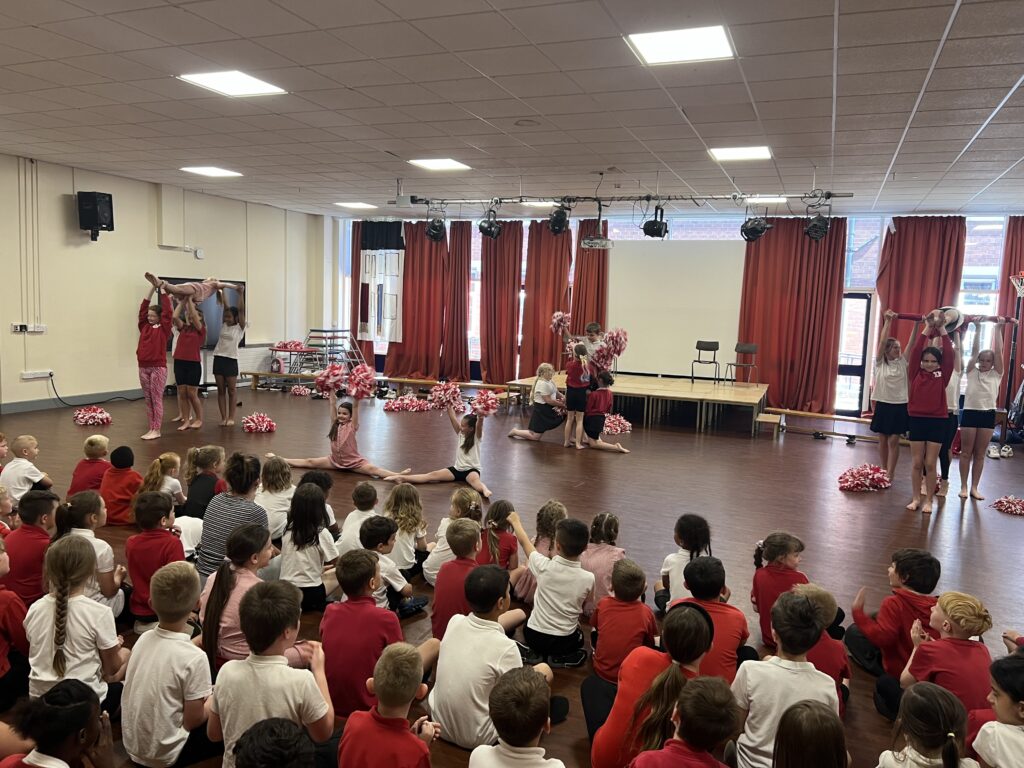During the Spring Term, 2024, Carcroft Change Makers worked collaboratively to develop the ‘Carcroft Pledge’. We can’t wait to share this with whole school during our Summer Term!
Category : Personal Development
Personal Development
Online Safety
Our pupils are growing up in a world of ever-changing technology. While we feel that the use of technology is a largely positive aspect of modern life, we cannot ignore the risks that can be associated.
Throughout school we aim to teach children: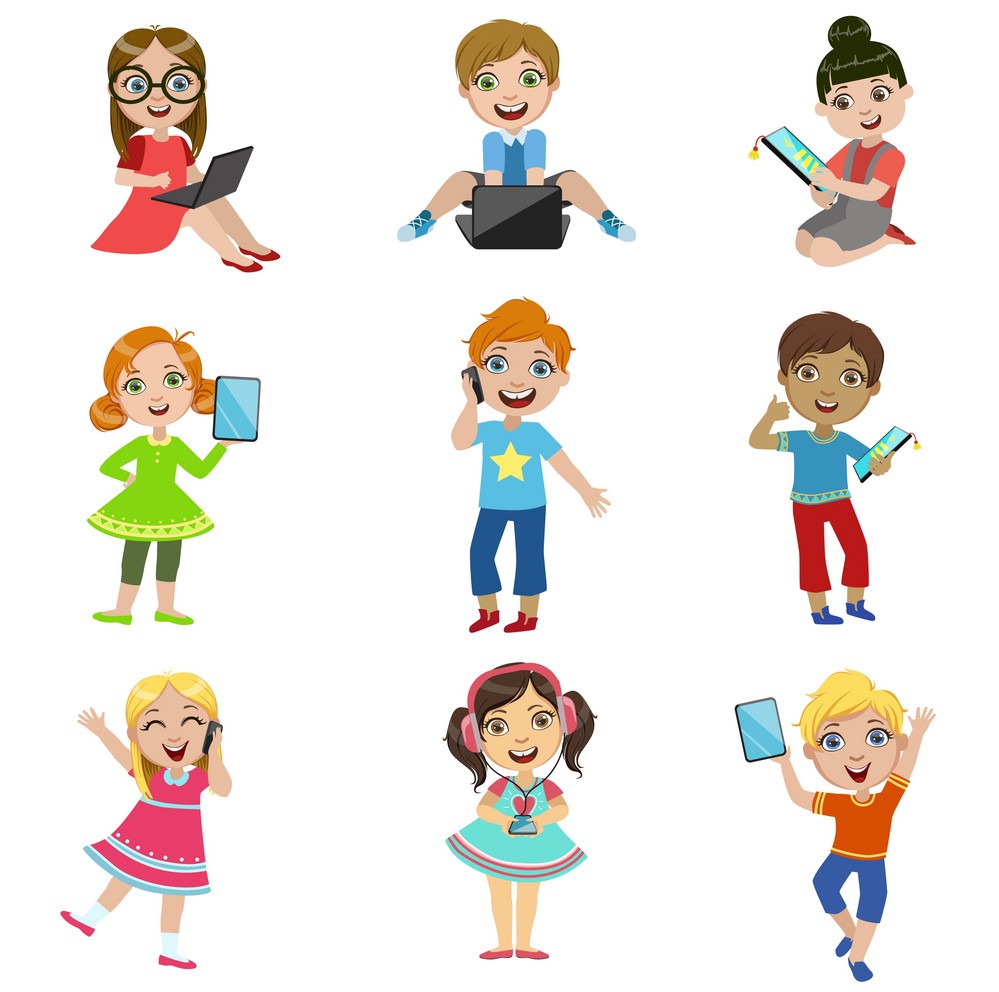
- about the impact of cyber-bullying and what to do if they have been affected.
- to be vigilant when communicating online recognising that people may not always be who they say they are and to be sensible about what they share.
- to tell an adult they trust if something is upsetting them.
- to question the reliability of information given through a web based source.
- to search responsibly for information while using internet browsers.
We understand that much of our pupil’s use of the internet will occur at home, away from the school filters.
Below are a list of useful websites, advice and resources that you may find helpful when navigating the issue of online safety with your child. At the bottom of this page are resources that your child can directly access as well to help them learn about online safety.
Useful resources and links
Thinkuknow http://www.thinkuknow.co.uk
Thinkuknow is an education programme from the National Crime Agency’s CEOP Command. Since 2006, it aims to ensure that everyone has access to this practical information – children, young people, their parents and carers and the professionals who work with them.
Internet Matters https://www.internetmatters.org/advice/esafety-leaflets-resources/
A comprehensive web resource with a wide array of tips and advice on how to navigate the online world with your child. Some of their guidance we attach below but you can find even more by visiting the link.
National Online Safety https://nationalonlinesafety.com/resources/platform-guides/
National Online Safety’s mission is to make the internet a safer place for children. They aim to do this by equipping school staff, parents and children with the knowledge they need to understand online dangers and how best to react should an incident arise. The link above provides up to date information about a wide variety of social media apps and platforms your child might be using.
NSPCC http://www.nspcc.org.uk/preventing-abuse/keeping-children-safe/share-aware/
The NSPCC are the first to admit that the internet is amazing. Children can play, learn, create and connect – opening up a whole world of exciting possibilities. But with the digital world changing all the time, how can you make sure your child’s staying safe? That’s where the NSPCC come in. Whether you’re an online expert or you’re not sure where to start, their tools and advice will help you keep your child safe.
Childnet http://www.childnet.com/parents-and-carers
Childnet International is a registered UK charity that aims to make the internet a safe place for children and young people. Packed with resources it is a great resource for parents.
CEOP http://ceop.police.uk/safety-centre/
Child Exploitation and Online Protection (CEOP) is part of the National Crime Agency and their website can be used to report if you are worried about online abuse or the way someone is communicating online.
BBC https://www.bbc.com/ownit
The BBC have a website and app called Own It. The website has a lot of content for children to help them navigate their online lives, and the free smartphone app comes with a special keyboard which can intervene with help and support in the moments that children need it the most.
SafetoNet https://safetonet.com/
SafeToNet is technology that educates children “in-the-moment” as they use their device. It is a safeguarding assistant that helps them become responsible and safe digital citizens. Its power lies in a smart keyboard that detects risks in real-time. It steers children away from trouble by filtering harmful outgoing messages before they can be sent and any damage can be done.
A guide to Apps & Social Media
The number of apps and social media channels your child could be exposed to grow all the time, as does an app’s functionality. We recommend you visit Net Aware to read the latest and most current advice on over 70 apps to ensure you know what they do, how you can limit their features as well as recommended age restrictions.
The apps included are:
- Fortnite
- Snapchat
- YouTube
- Minecraft
- Clash of Clans & Clash Royale
- Kik
- Friv
- Dubsmash
- Wink
- YOLO
- TikTok
- And many, many more
Resources for children to use
Below are some links that children themselves can access for help when navigating the tricky subject of online safety,
Reception – Year 2
Below are a number of links that are tailored for children in the younger year groups.
https://www.thinkuknow.co.uk/5_7/
https://www.netsmartzkids.org/
https://www.childnet.com/resources/smartie-the-penguin
Year 3 – Year 6
Below are links more suitable for older children.
https://www.thinkuknow.co.uk/8_10/
https://www.nsteens.org/
Scotties celebration
In our Scotties heroes session this morning we enjoyed toasting marshmallows!
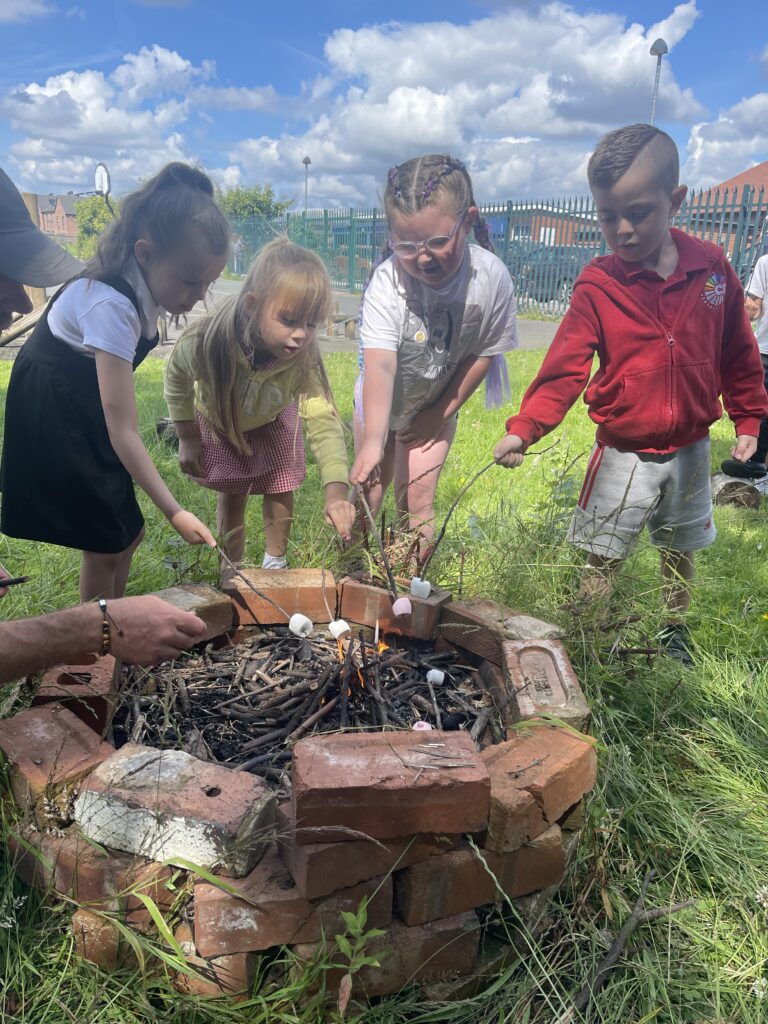

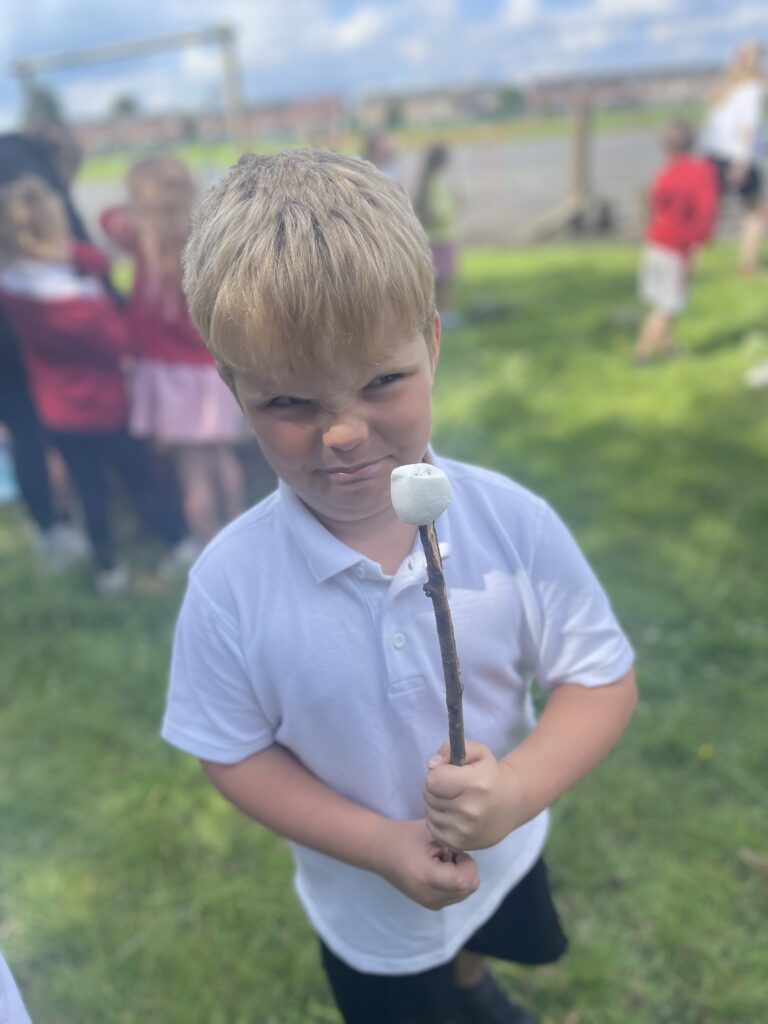
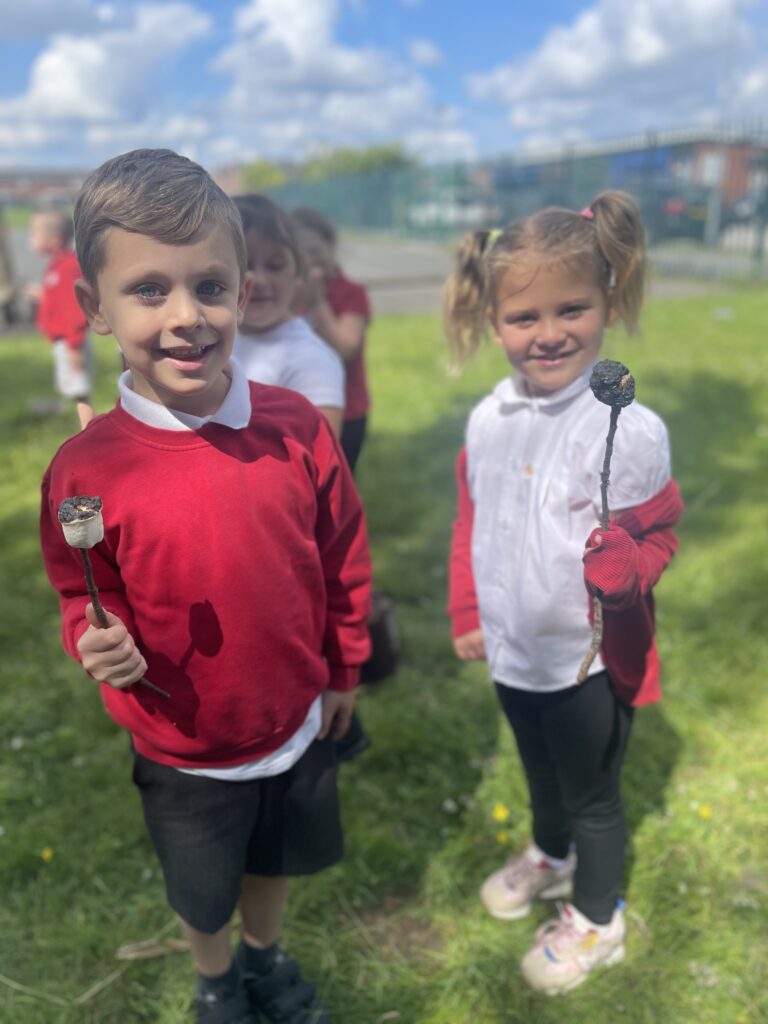
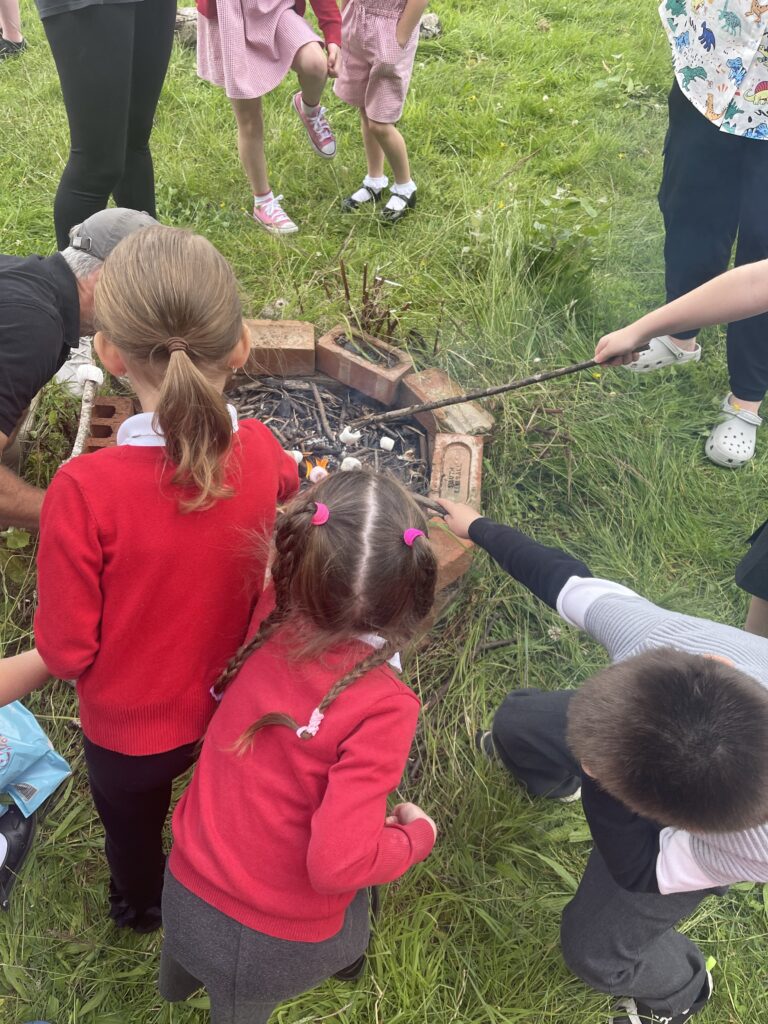
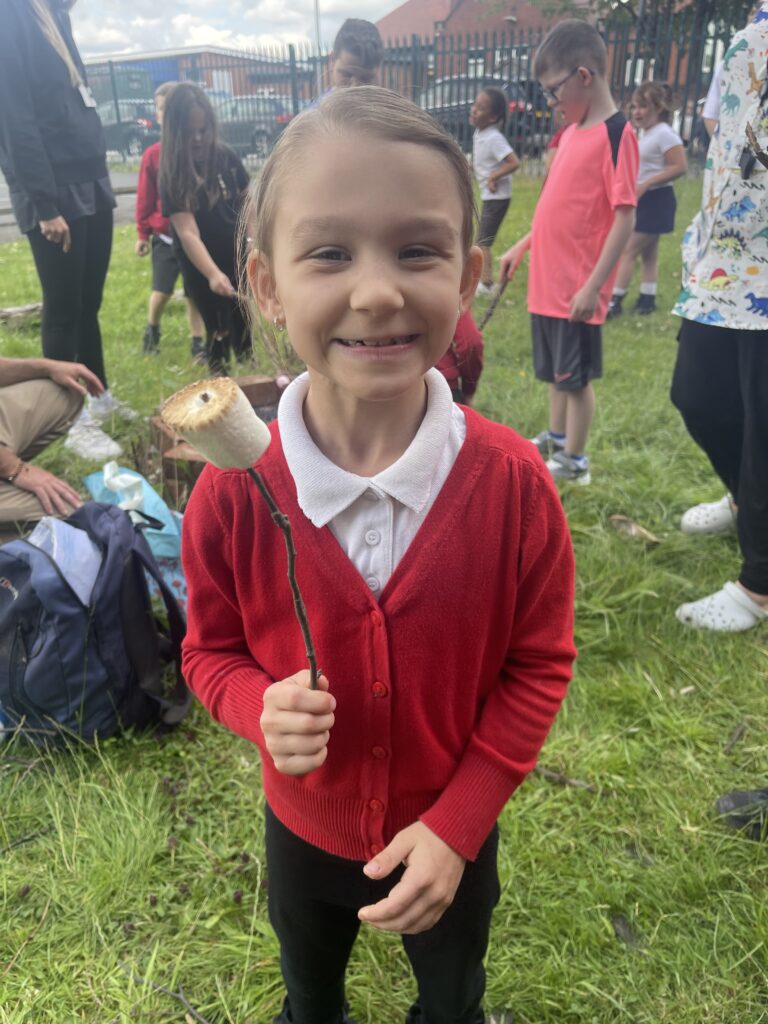

Sweet Potato and Polenta Bake
We continued with our DT case study by cooking a sweet potato and polenta bake. This dish required us to use a wider range of skills such as slicing, chopping, grating, mixing, reducing liquids and then assembling the dish in a similar way to how you’d make a lasagna.
When the dish was cooked, there were lots of reluctant children who would try it. However, with some encouragement they tried a little. Surprisingly, some of them absolutely loved it to the point they crowded round the dish with a spoon.
During this case study, it’s required children to push themselves outside their comfort zone and for some they have found foods they like that they’d have been unwilling to try before.

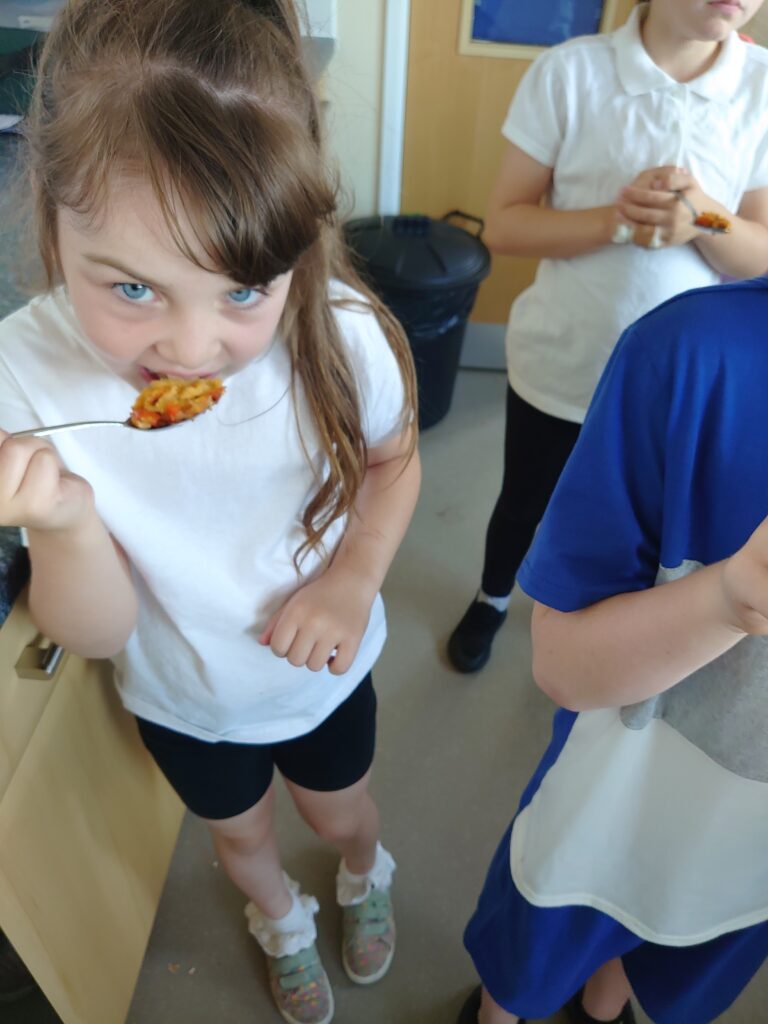


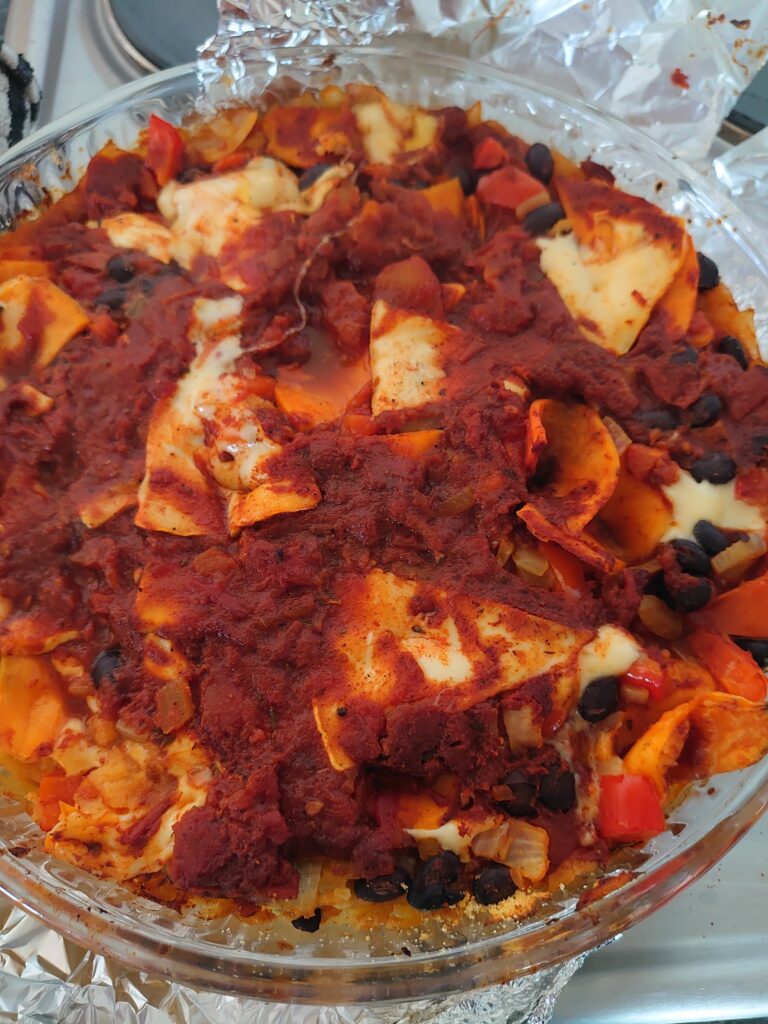

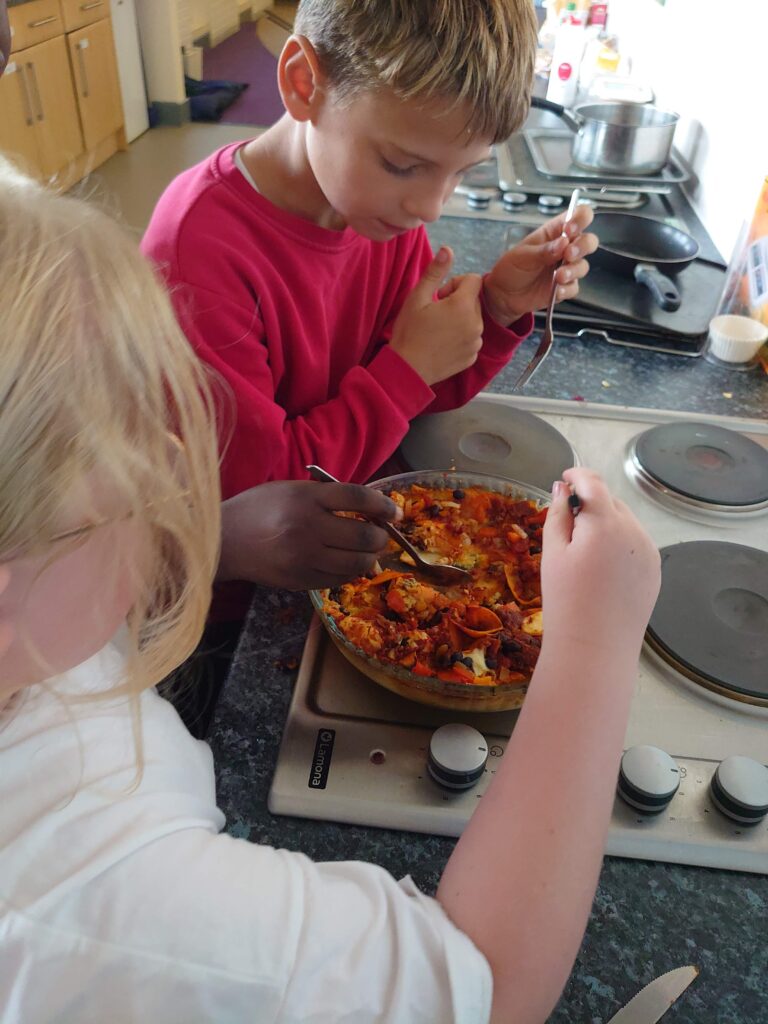
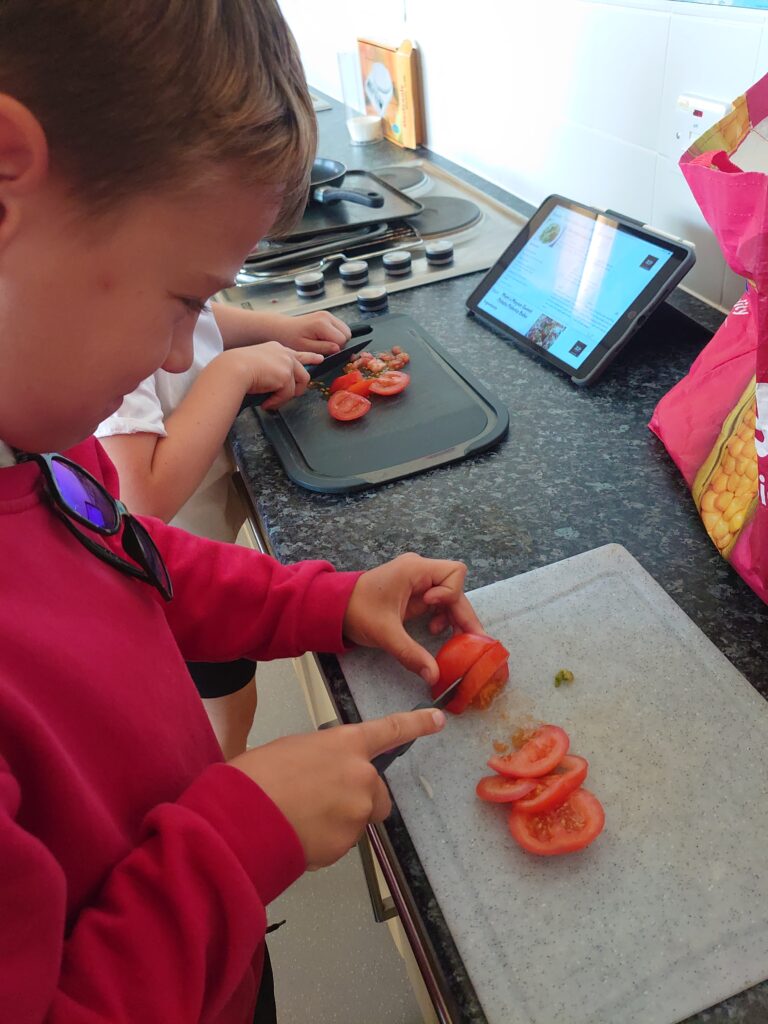
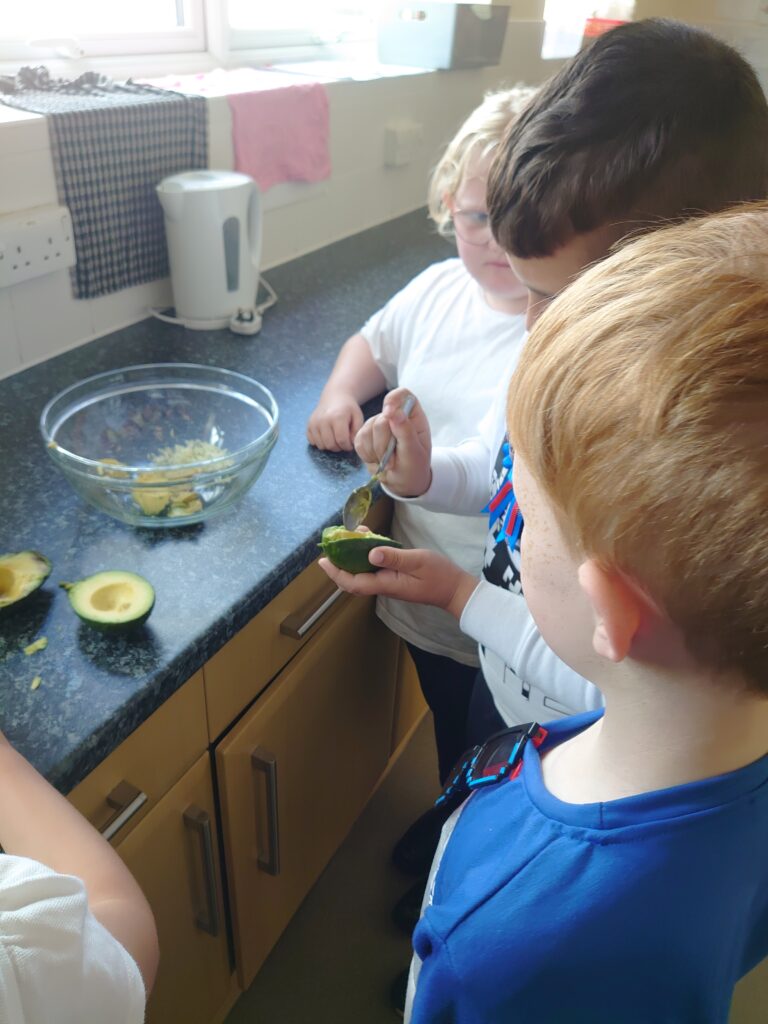
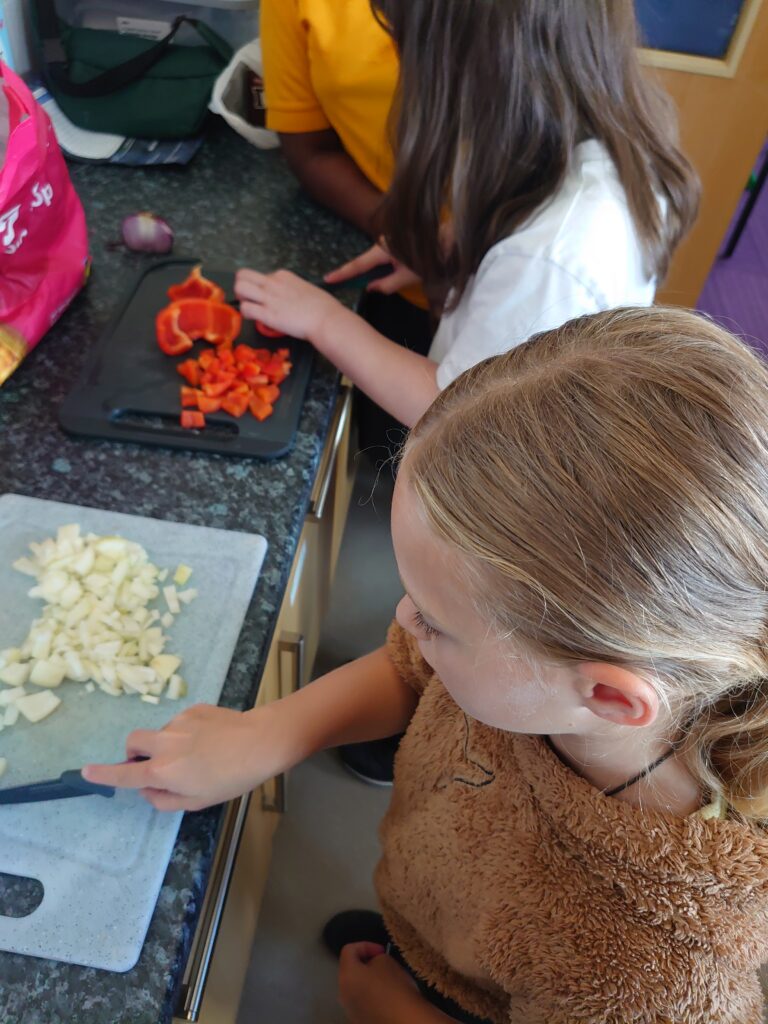
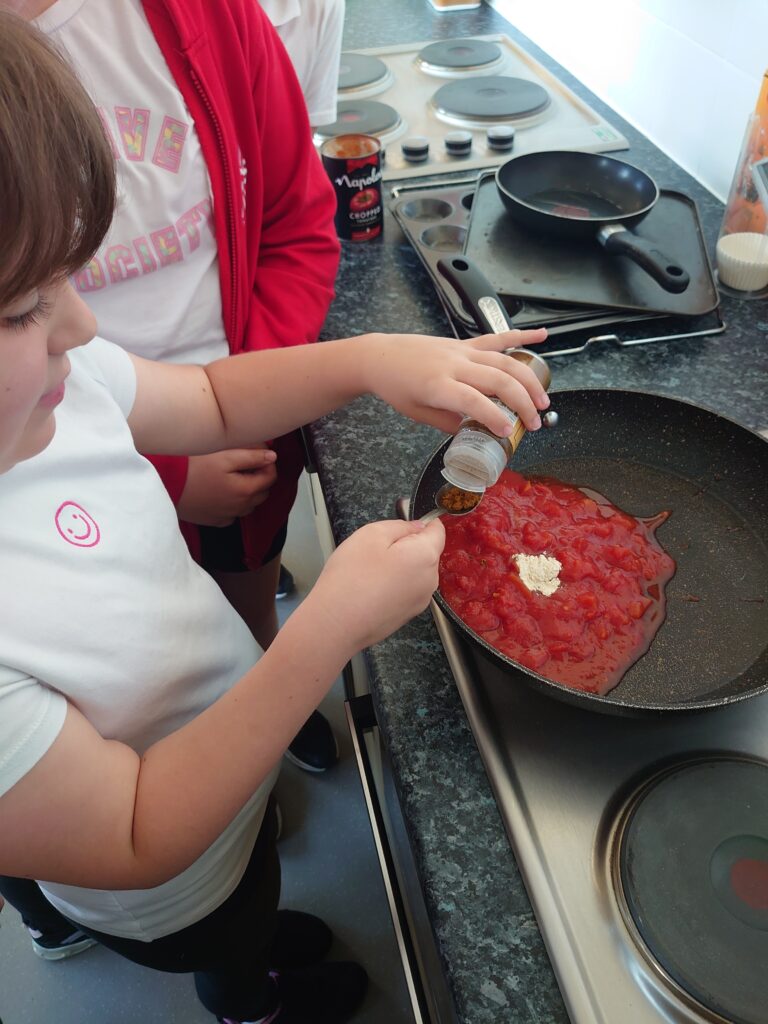
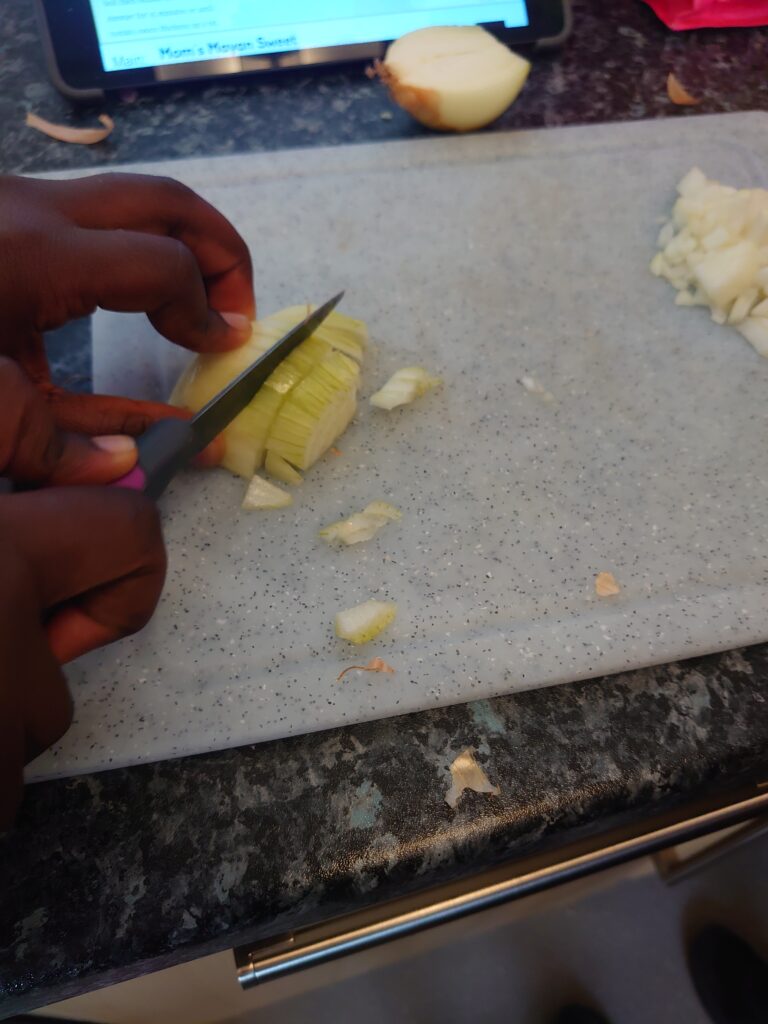
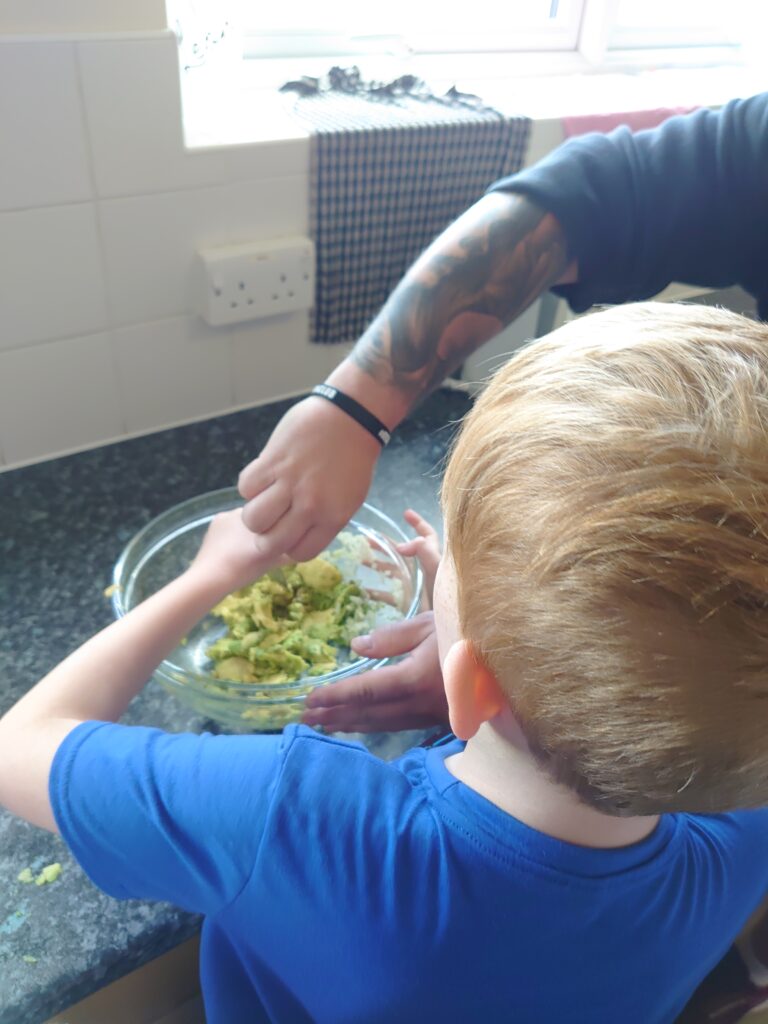
Fantastic Freestyler, Aubree!!
U8 Fast Champ Winner at Icon 9 this weekend!!
What an achievement at such a young age, we are all so proud of you Aubree! We can’t wait to see where your dancing journey takes you!




Outdoor provision in nursery
Lots of teamwork and problem solving in nursery this week. The children were working together to build a run for the balls to travel down to get into the bucket at the bottom.
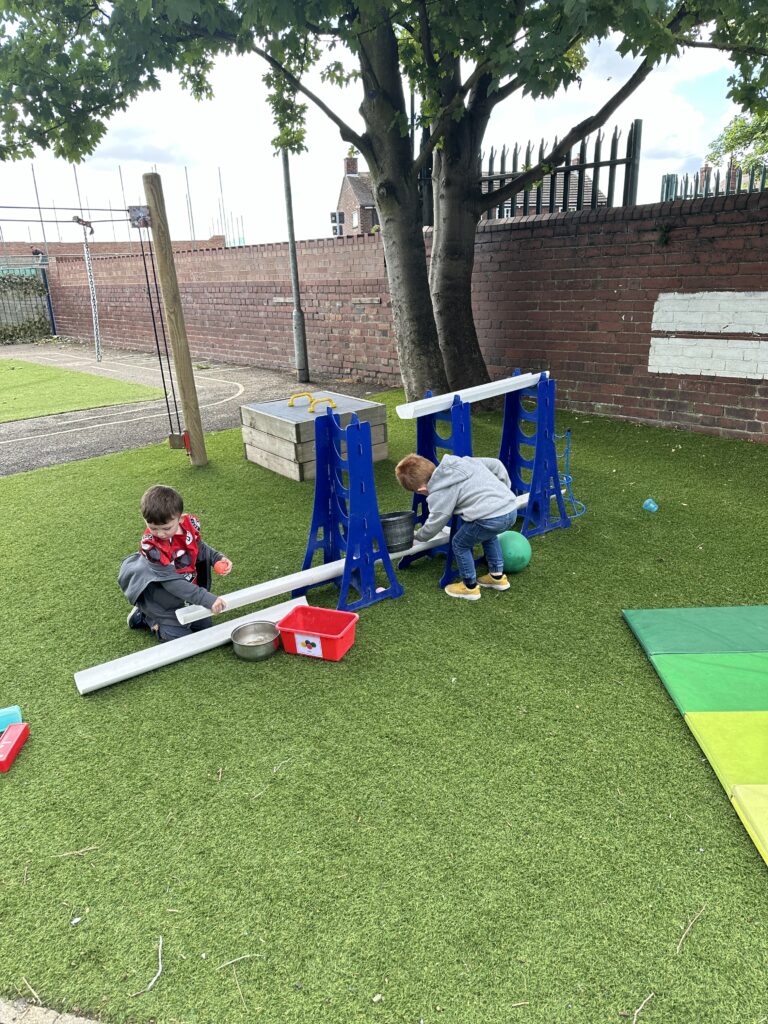
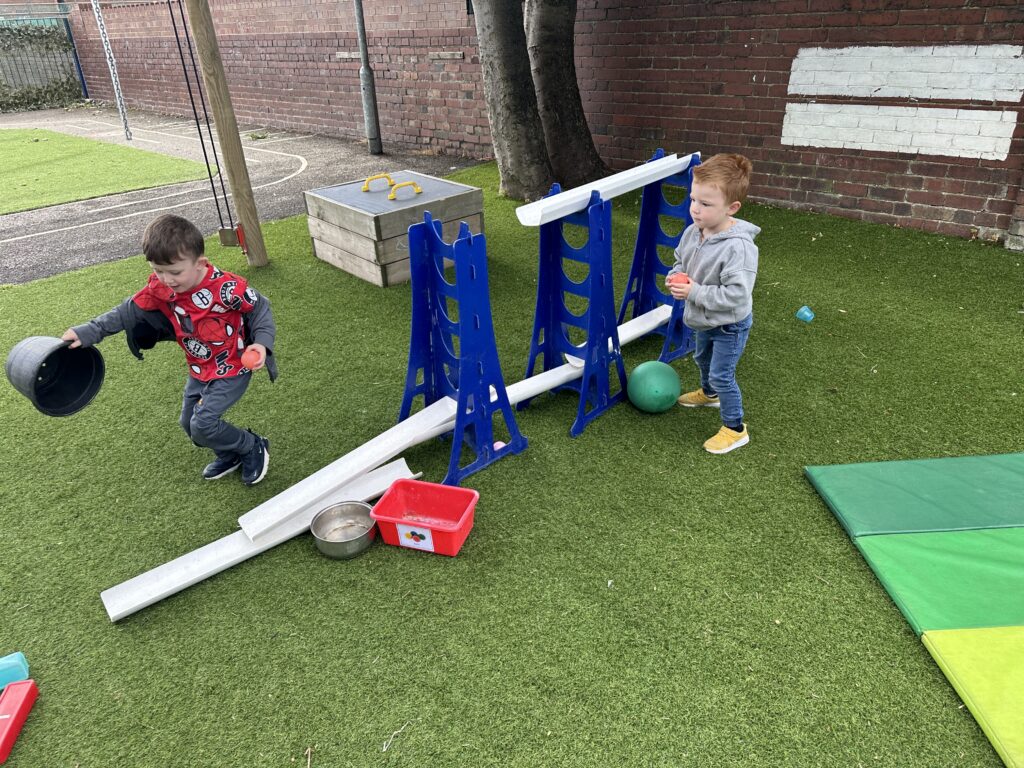

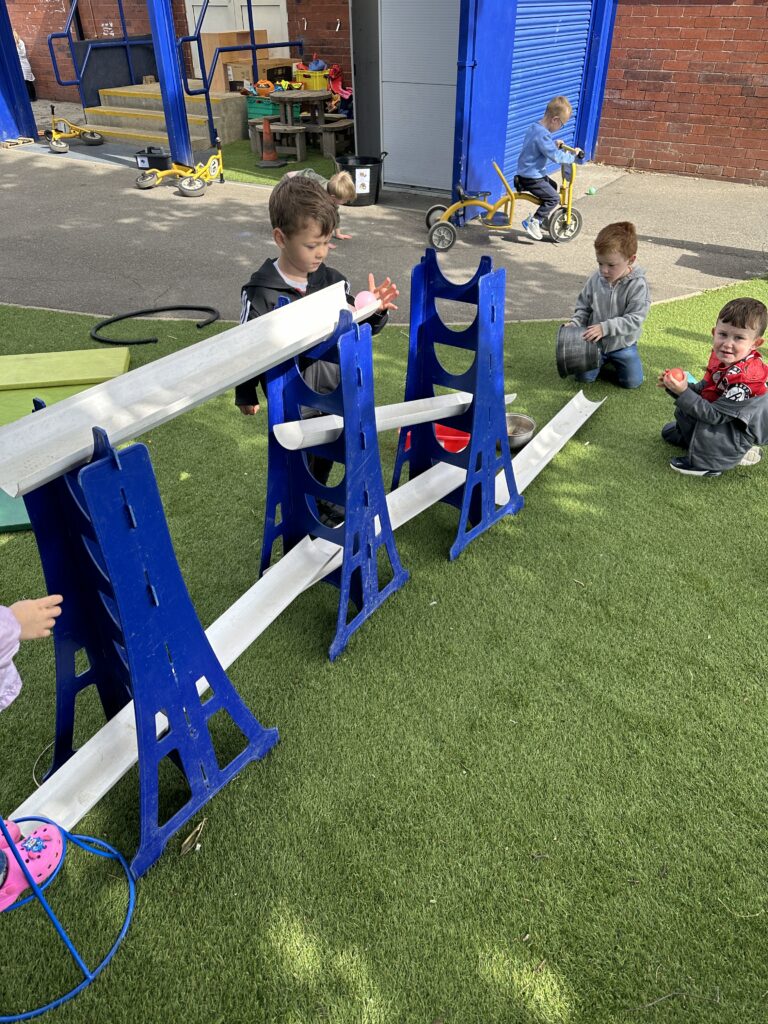
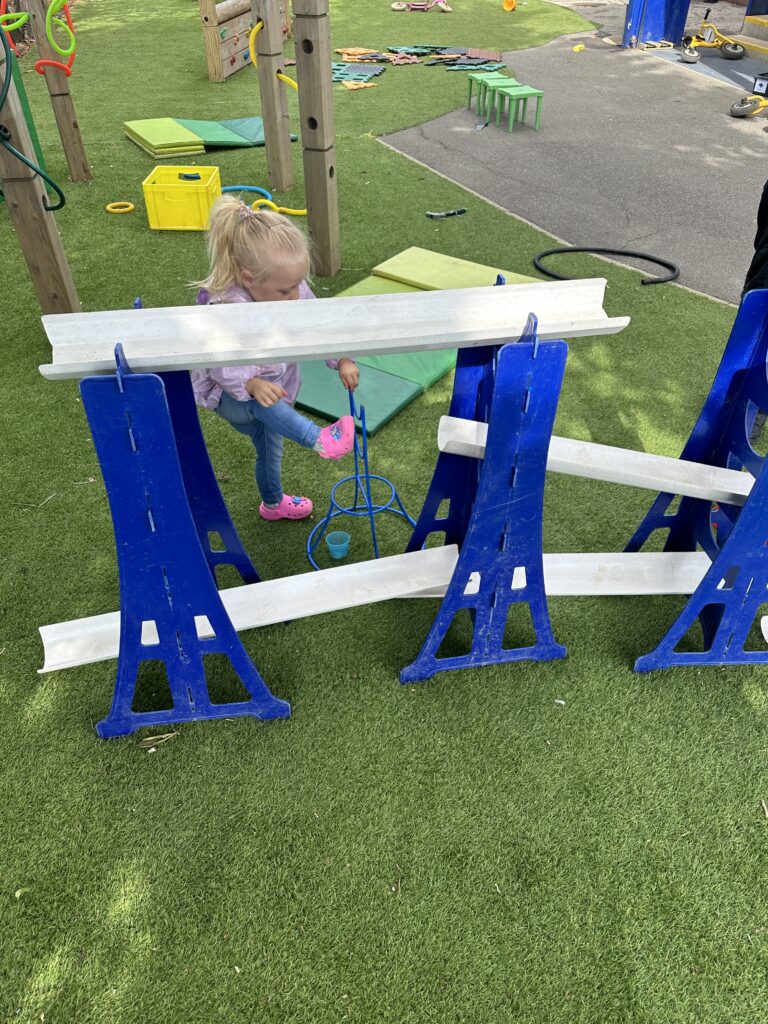
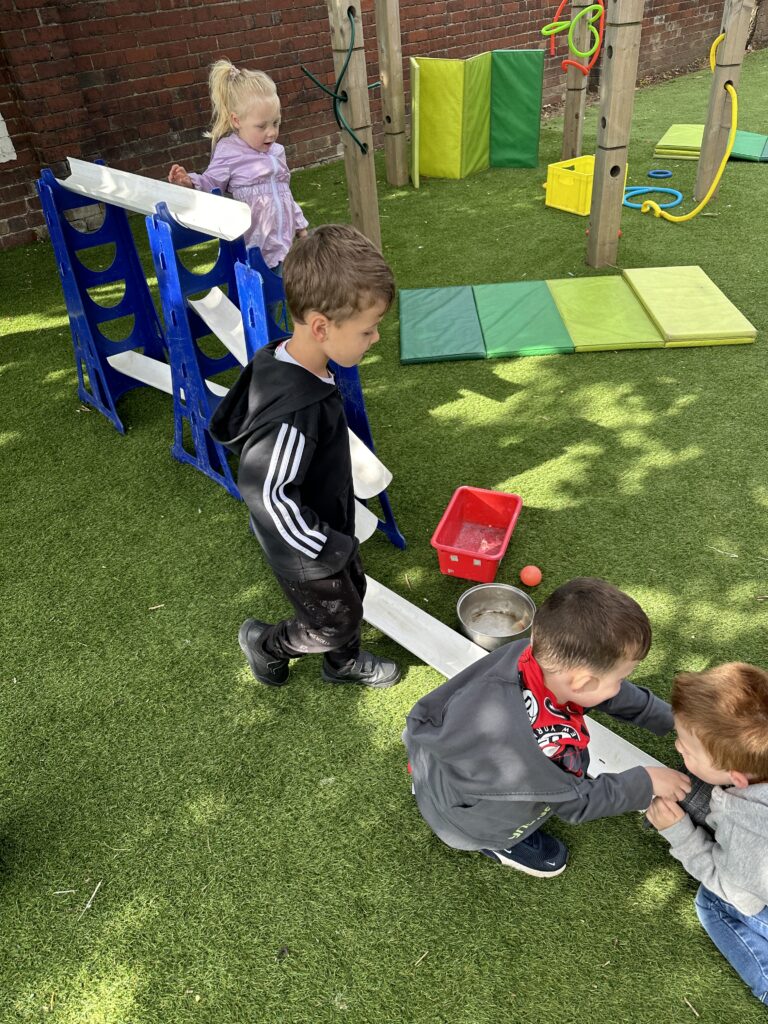
Using water to create paintings around the outdoor area has also been rather popular this week and we can’t wait to do more of this next week!
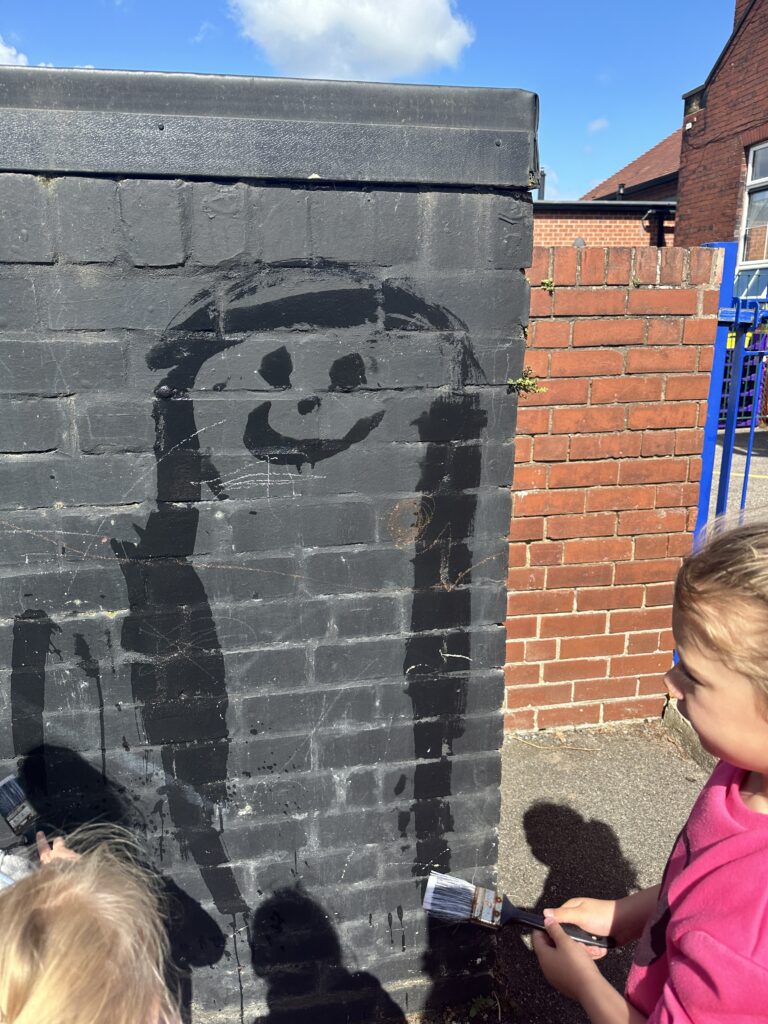
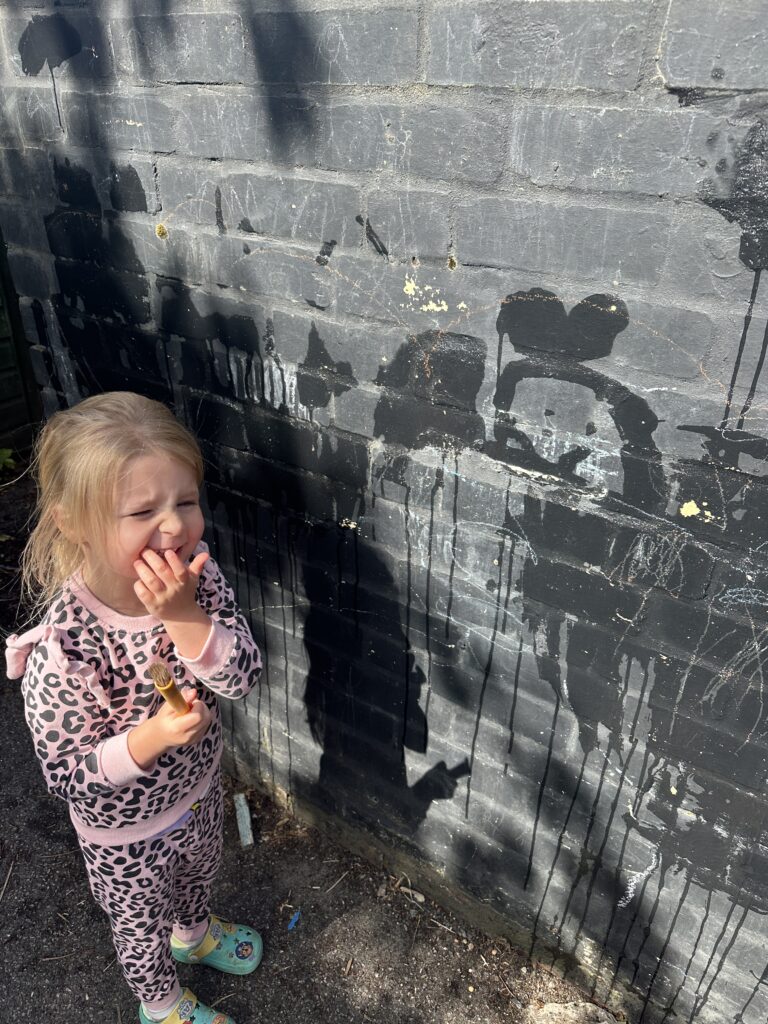

Sports Day
Massive Well done to Crew Yellow 1 for working collaboratively to gain as many points as possible. We worked well as a crew and everyone tried their best.

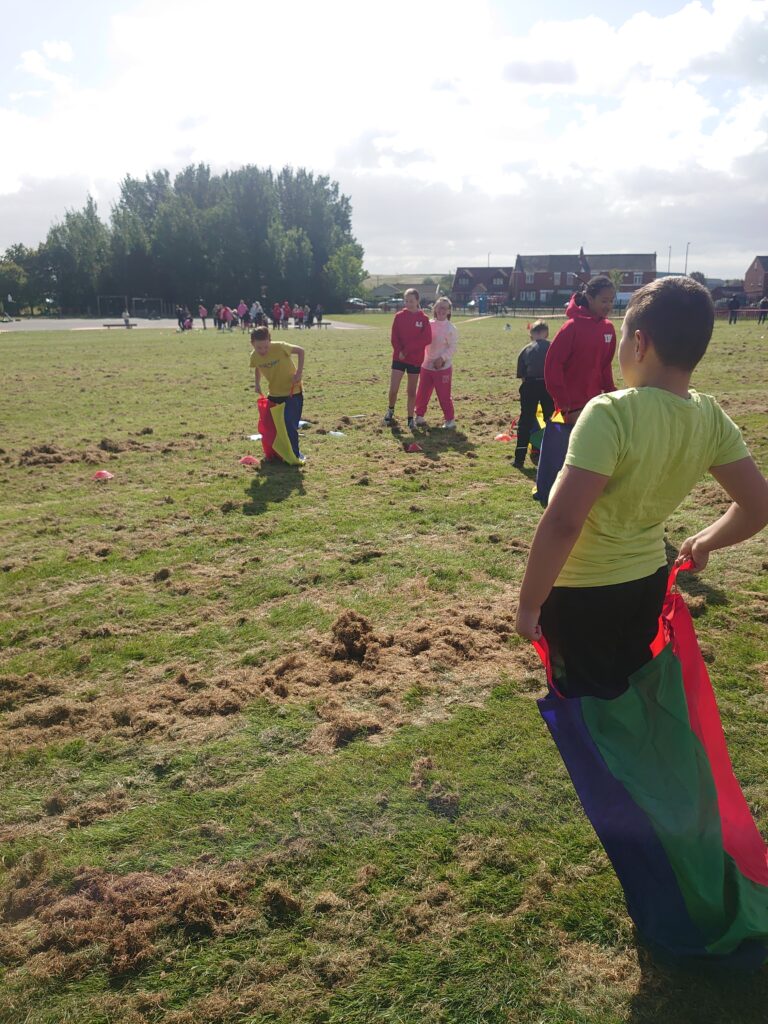

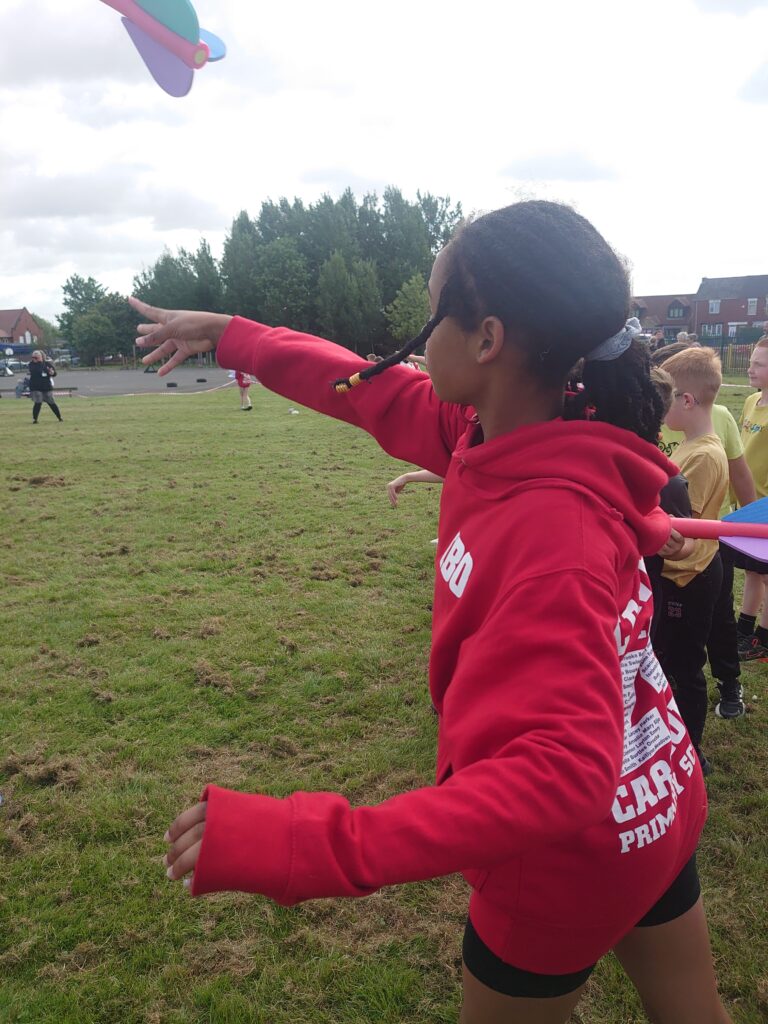
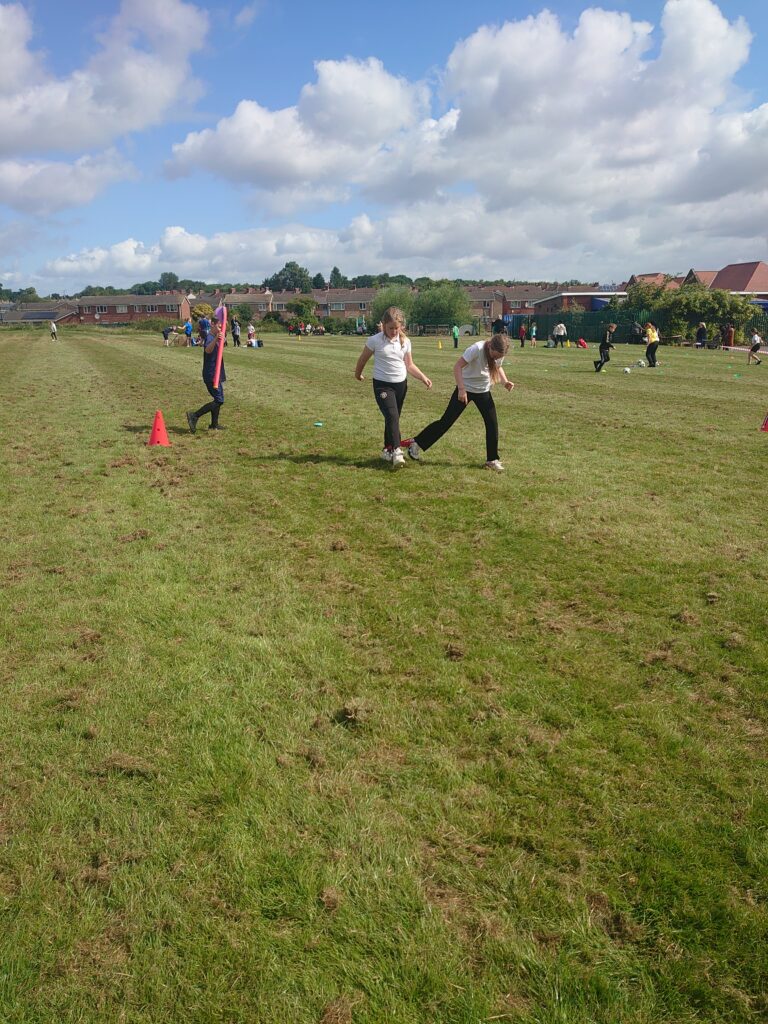


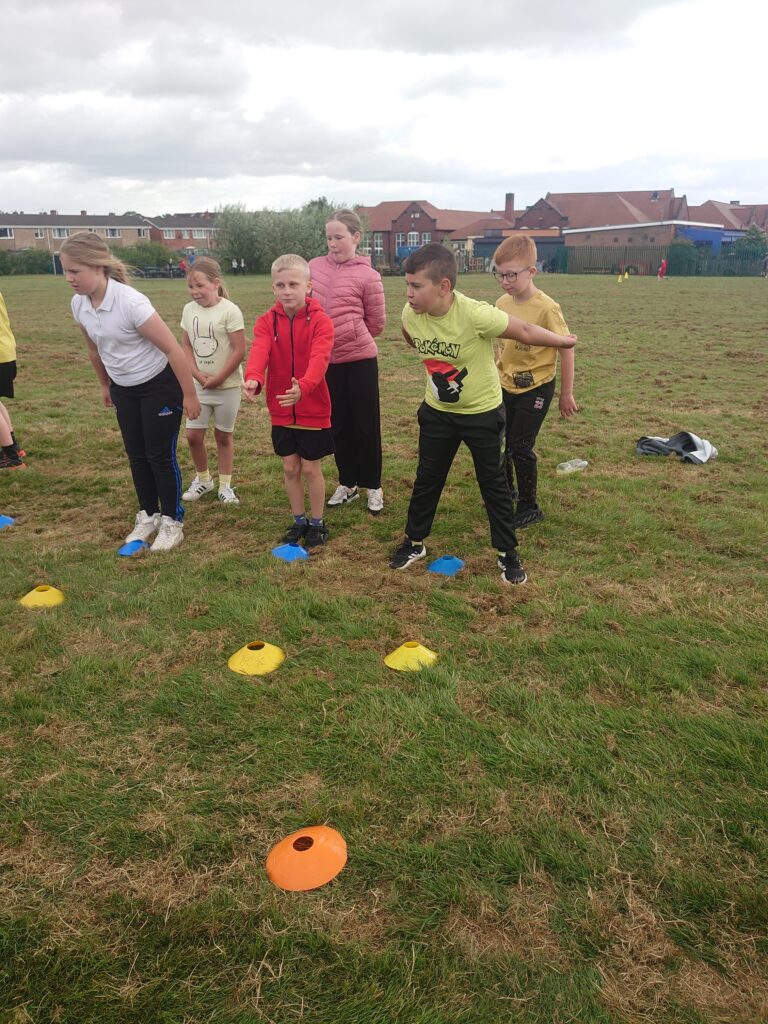

African Dancing and Singing
Year 4 had the pleasure of working with the Zulus who have come in to teach the children African dancing and singing. We had lots of fun during these sessions and it was lovely to learn about another culture. We then had the opportunity to perform this for the rest of school and our parents who all got involved. This was definitely an experience we have enjoyed.

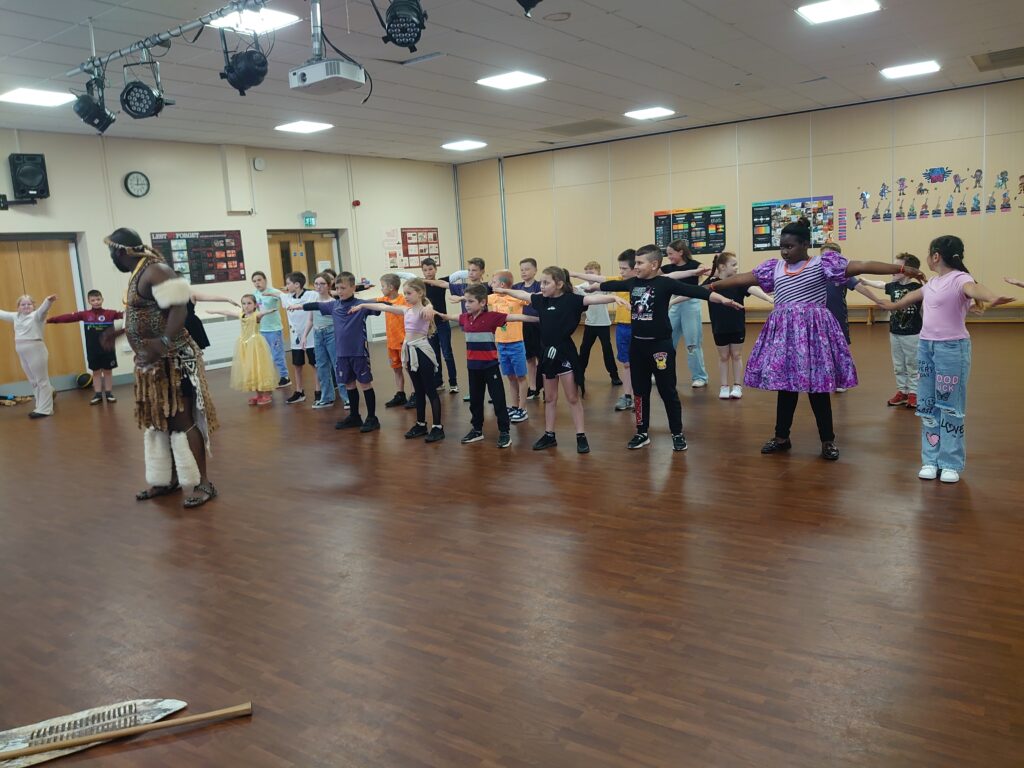

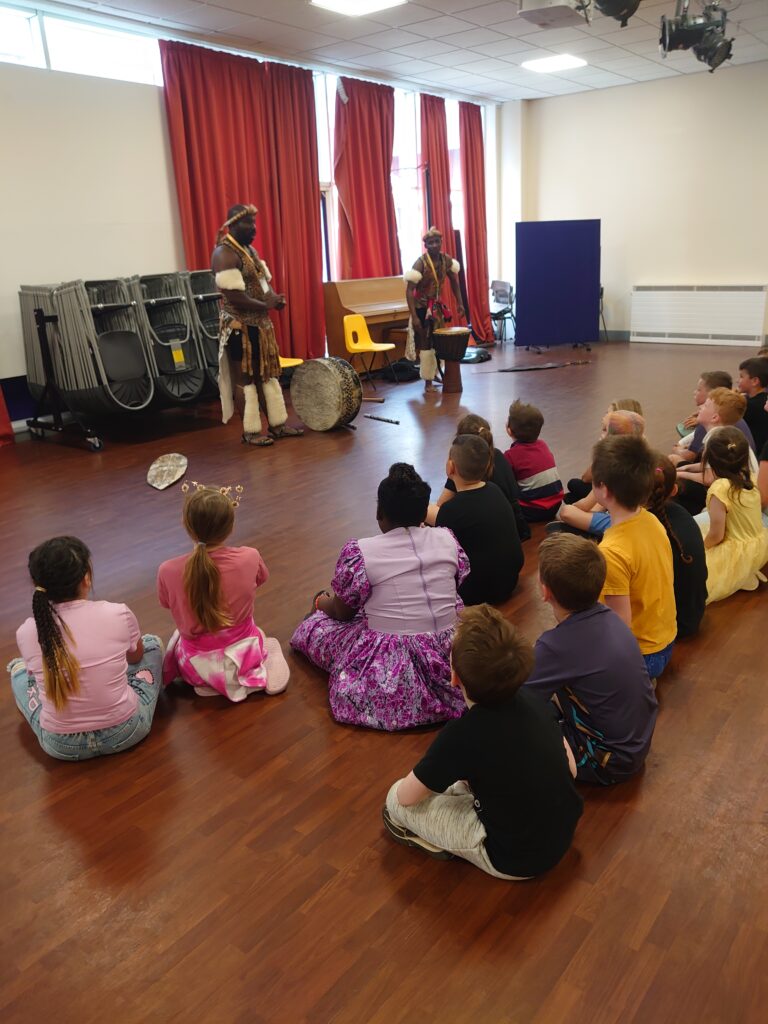

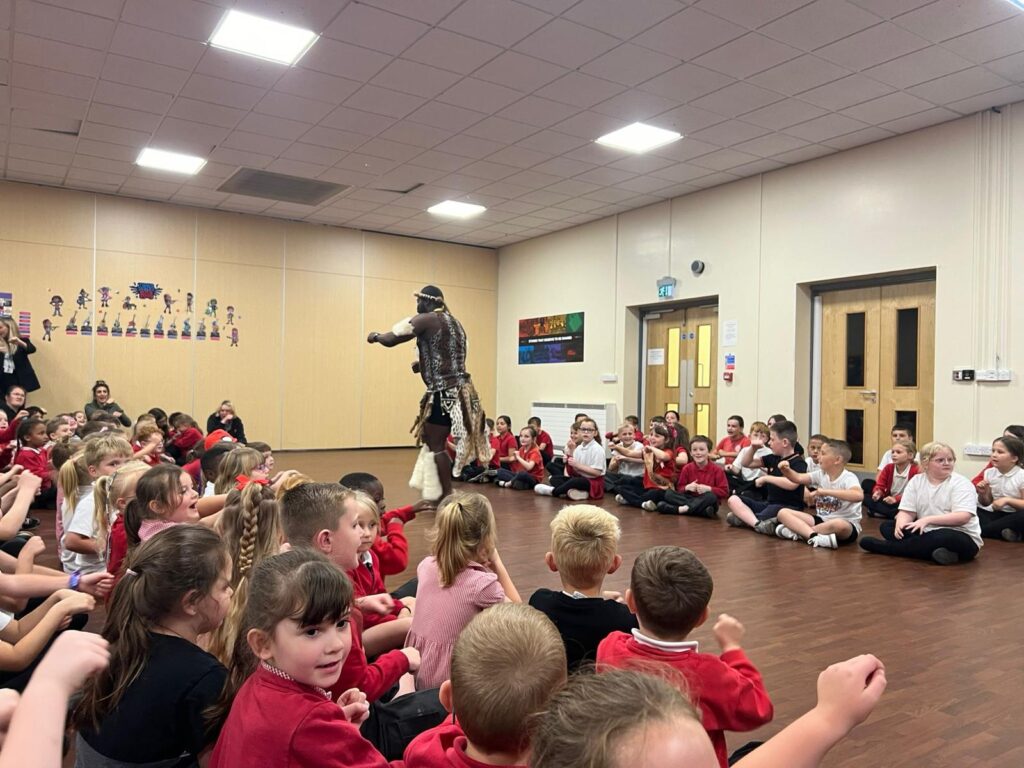
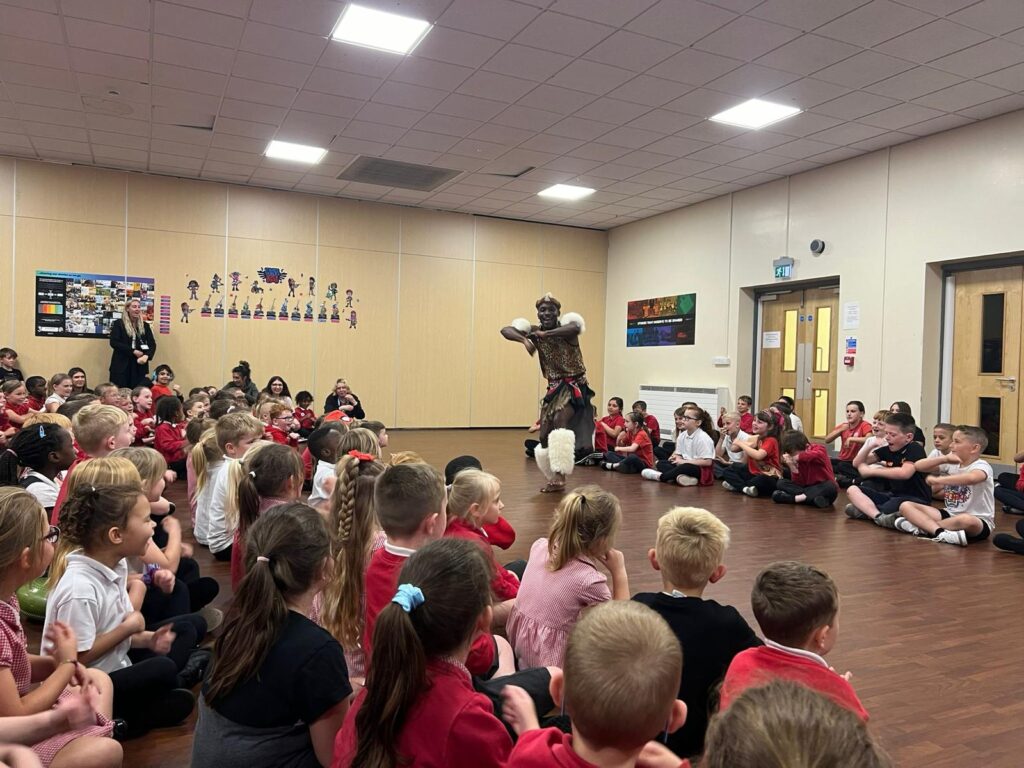
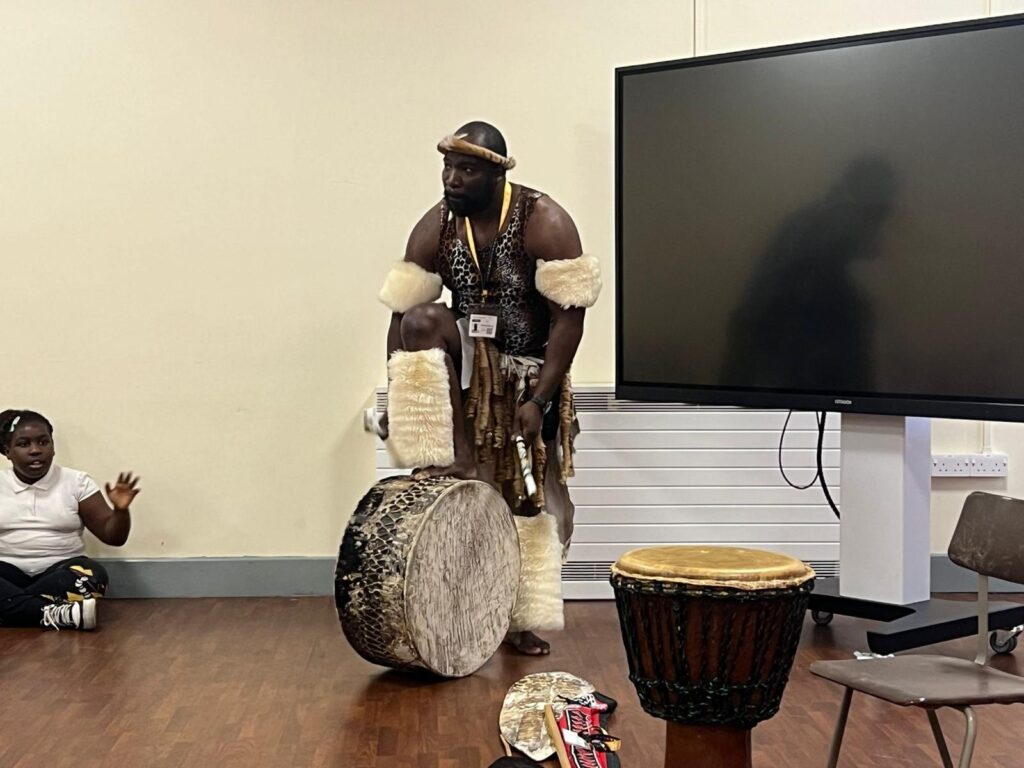
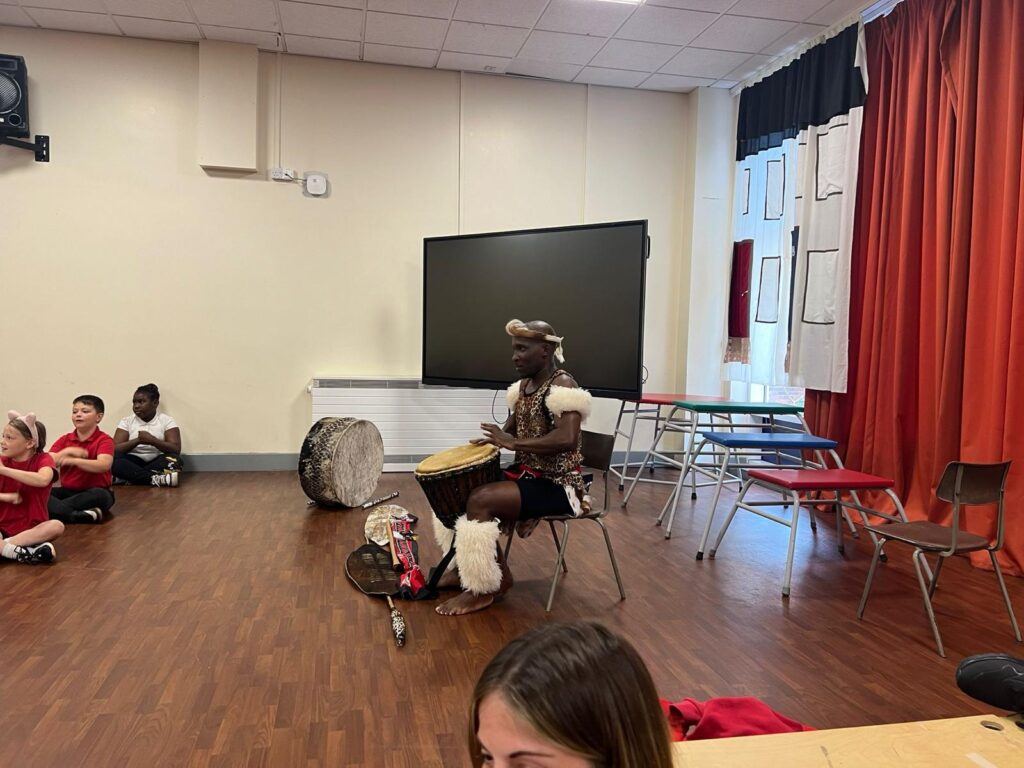
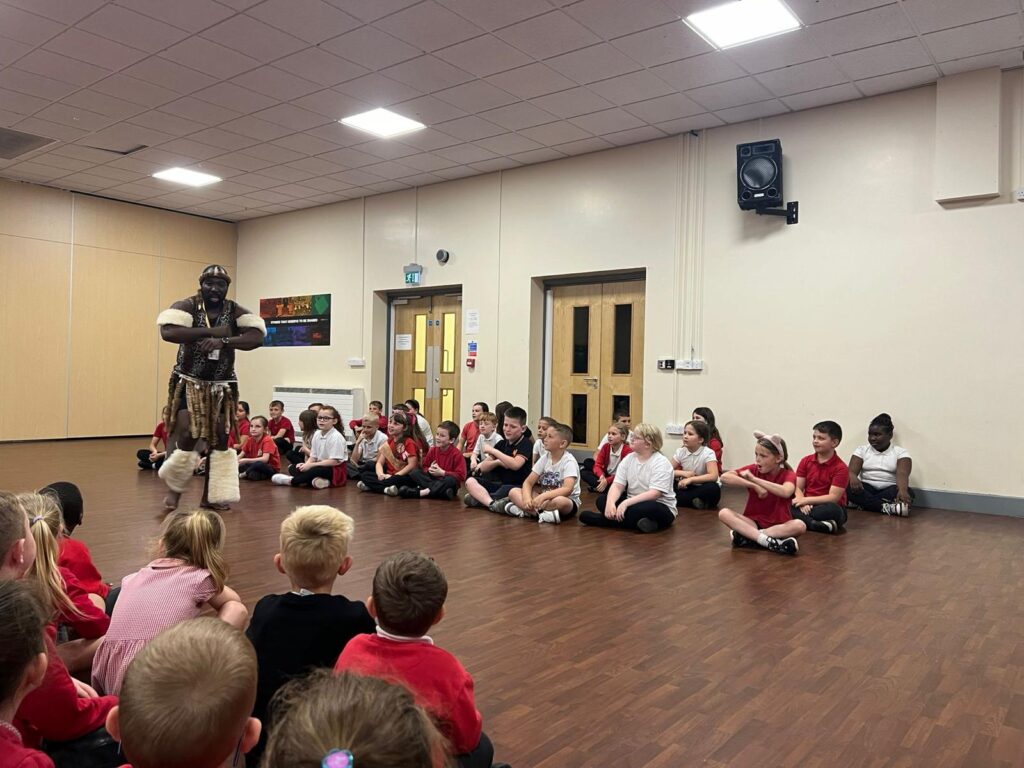
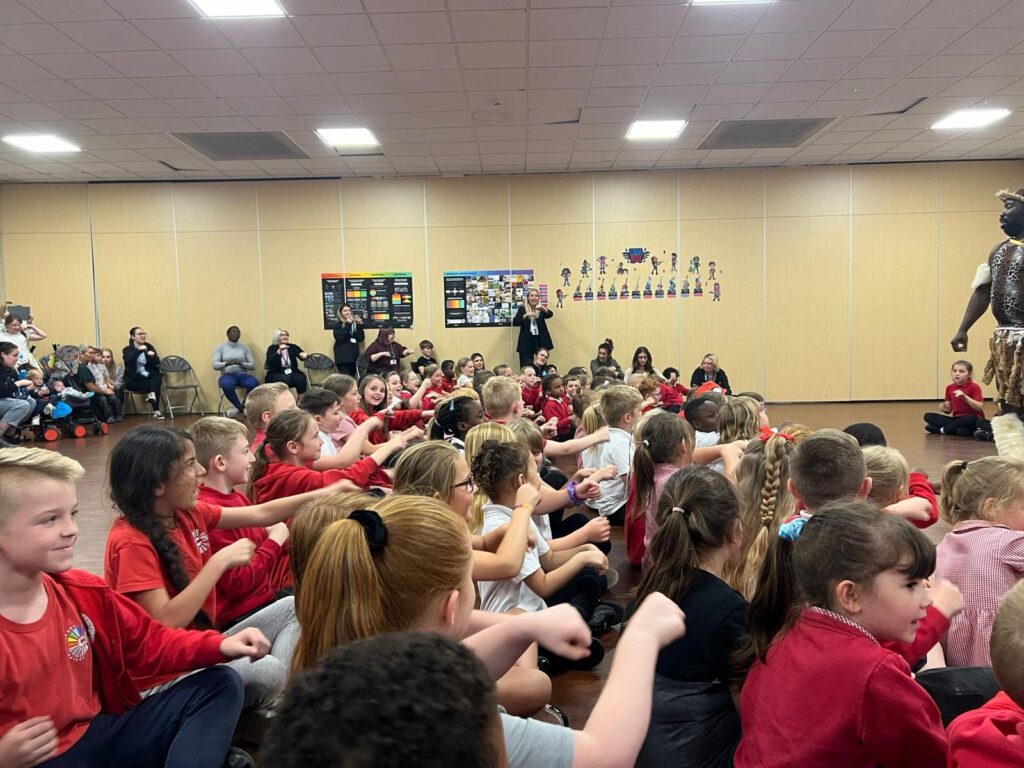

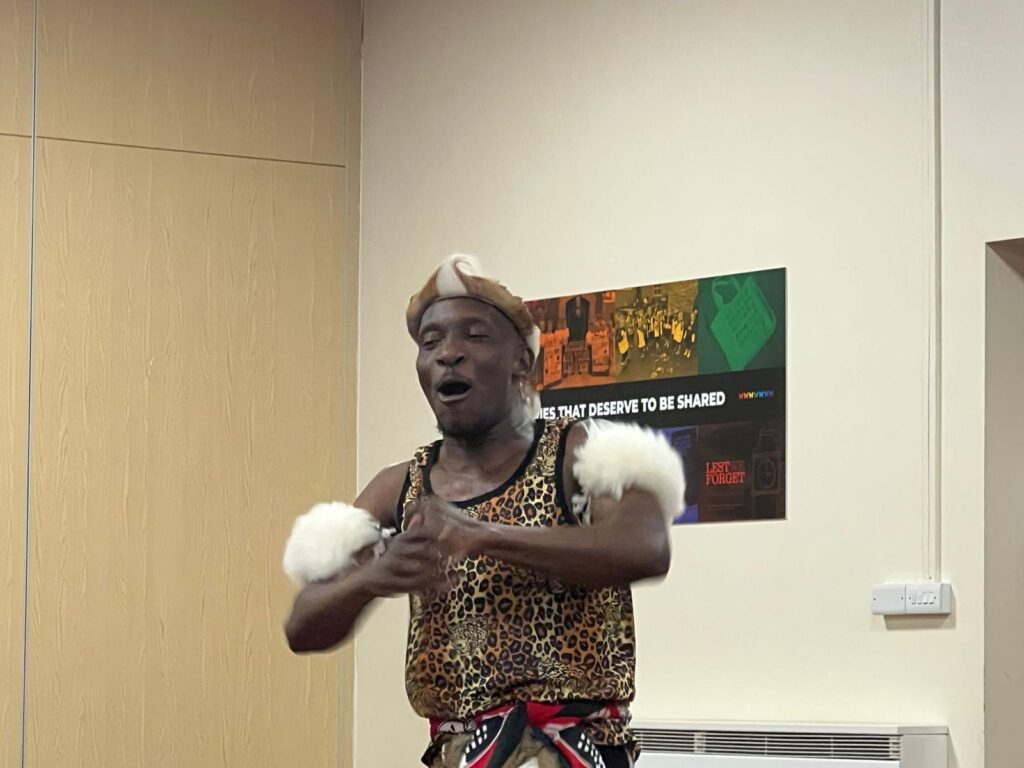
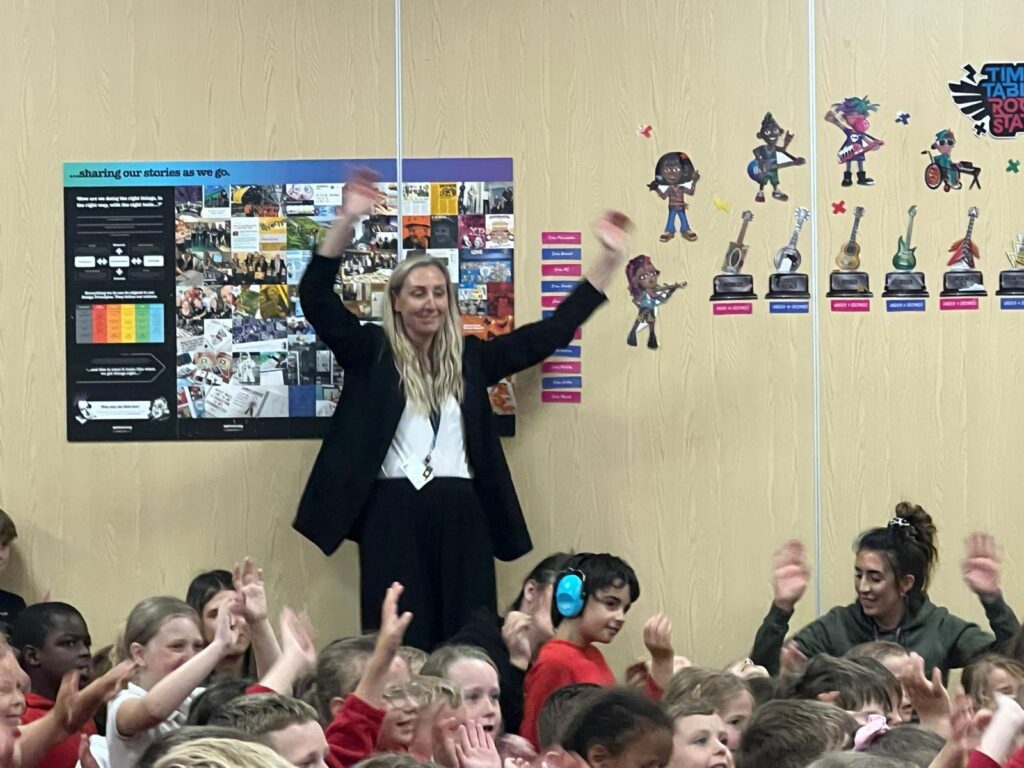


EYFS Celebration of Learning
A huge thank you to the grown ups who joined us for our EYFS Celebration of Learning. We loved creating collages of pirate hats and mermaid tails with you, and we were really proud to give out our final products – bin stickers to encourage recycling within our local community.


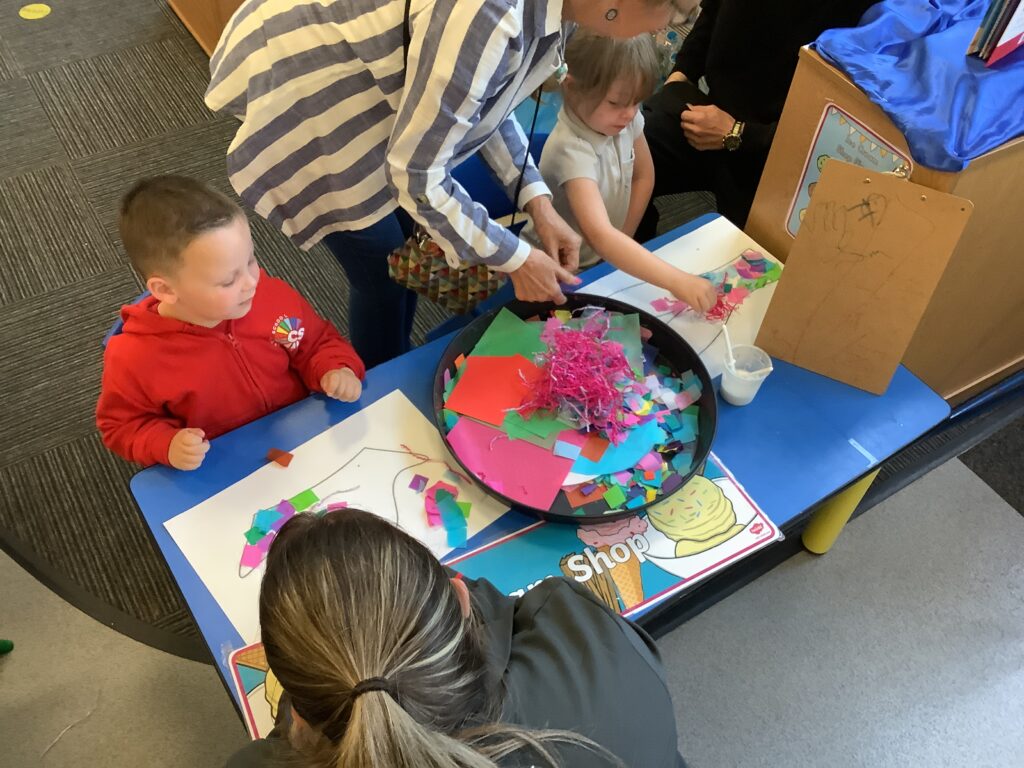

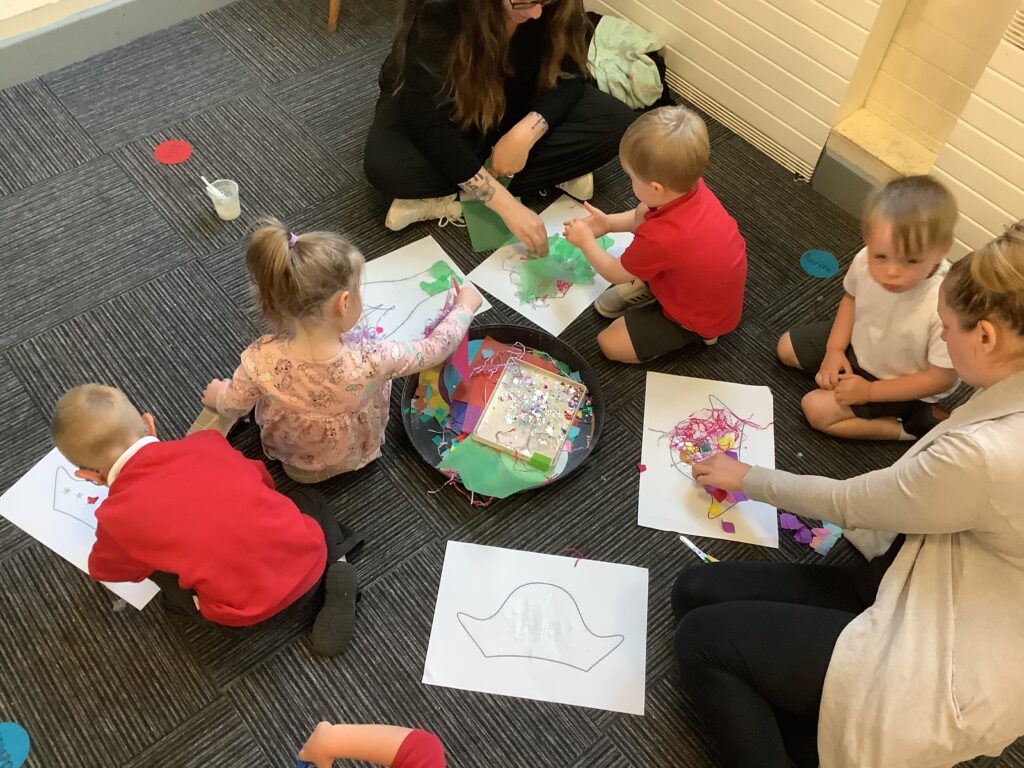
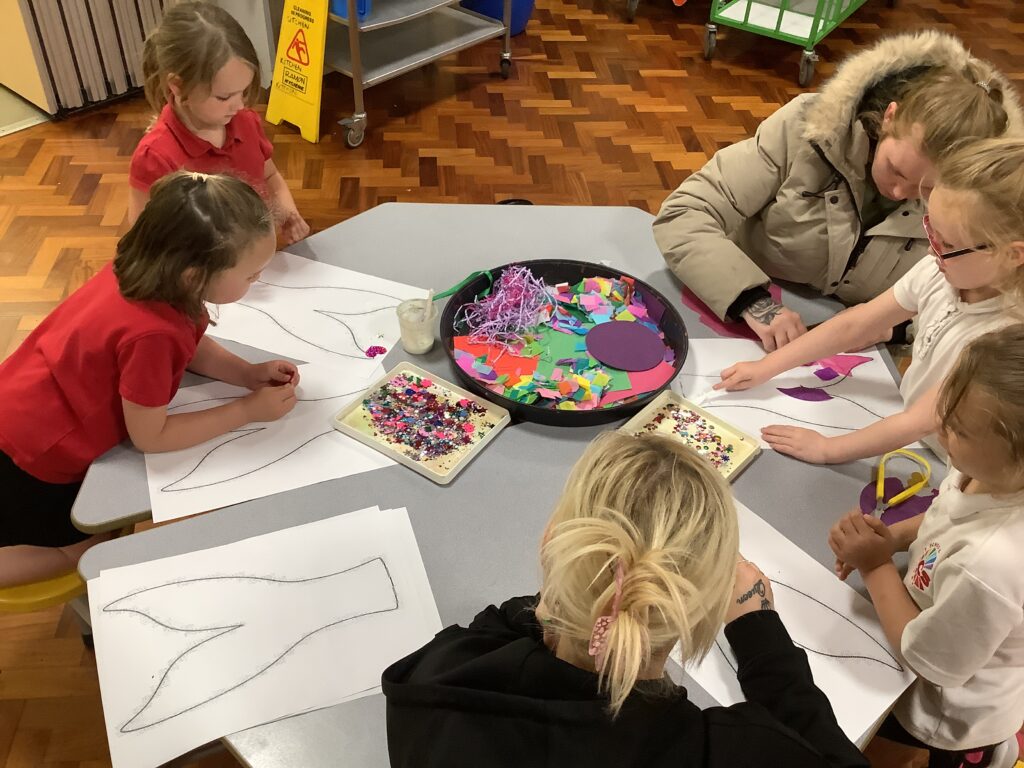
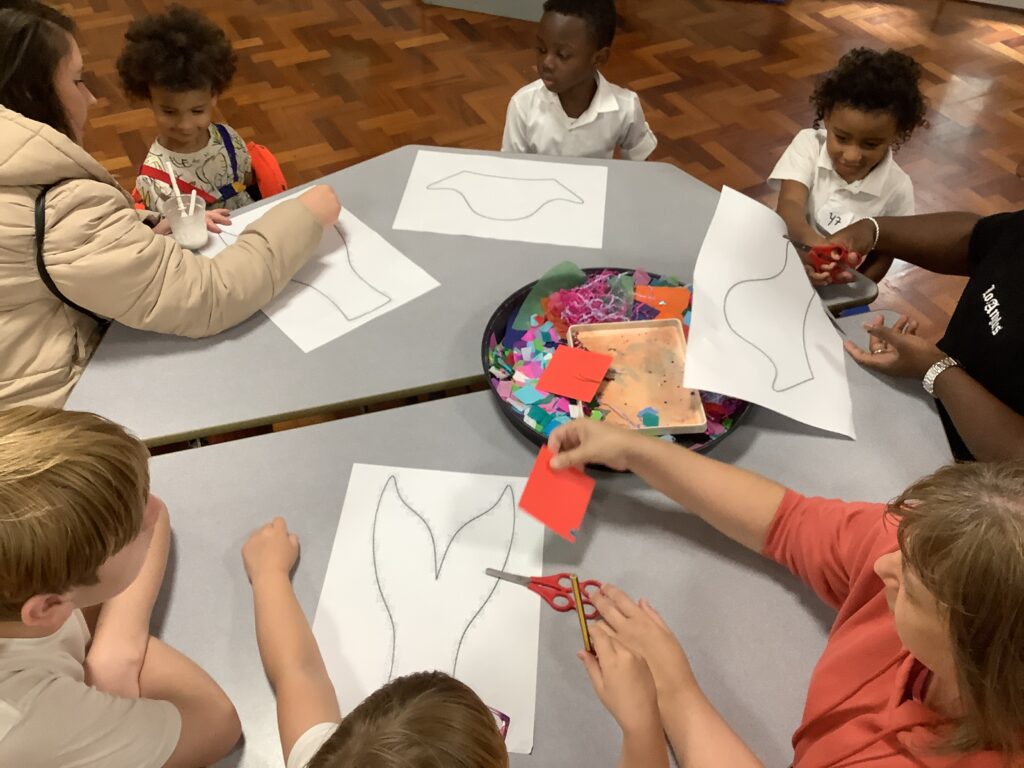
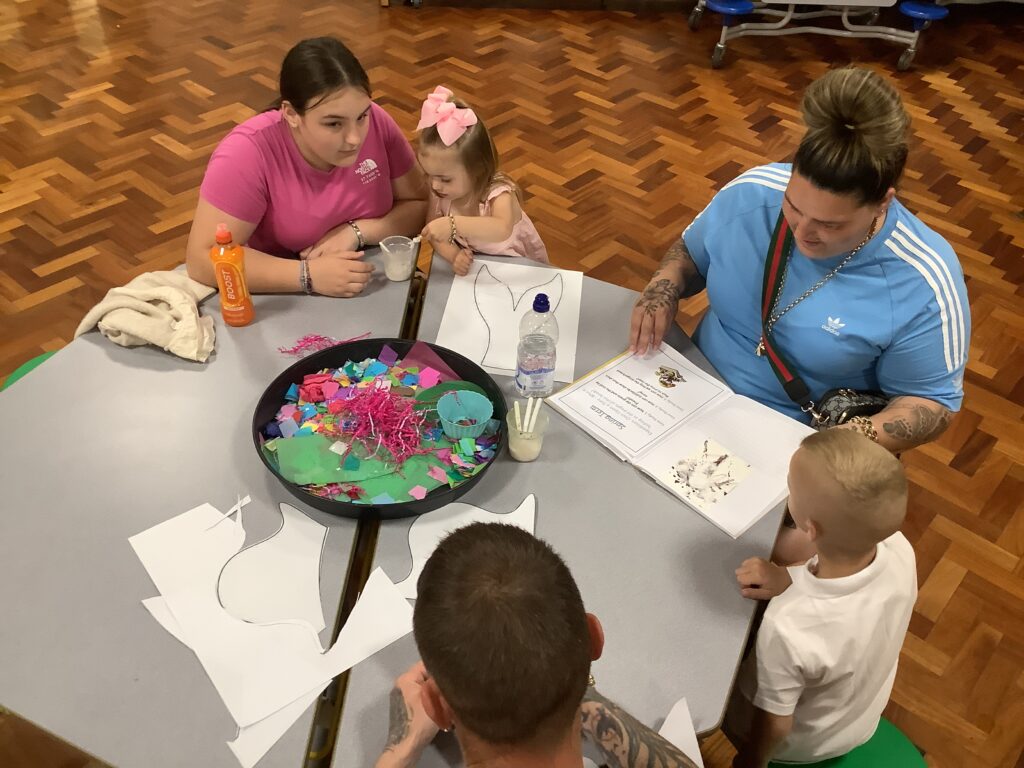

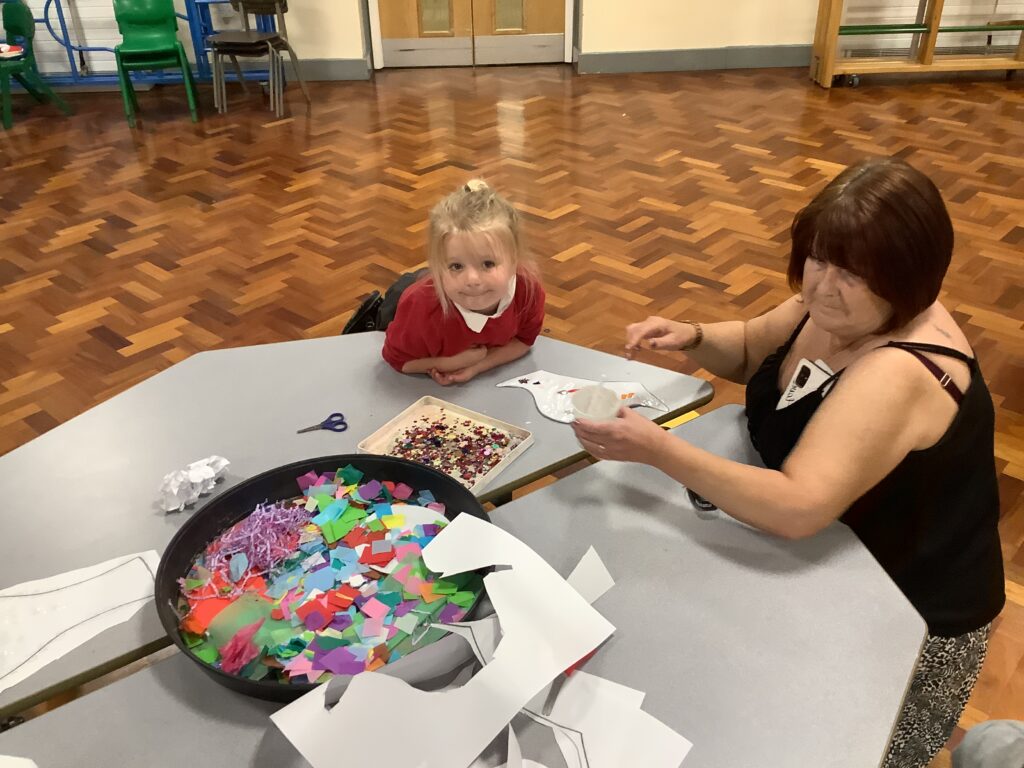
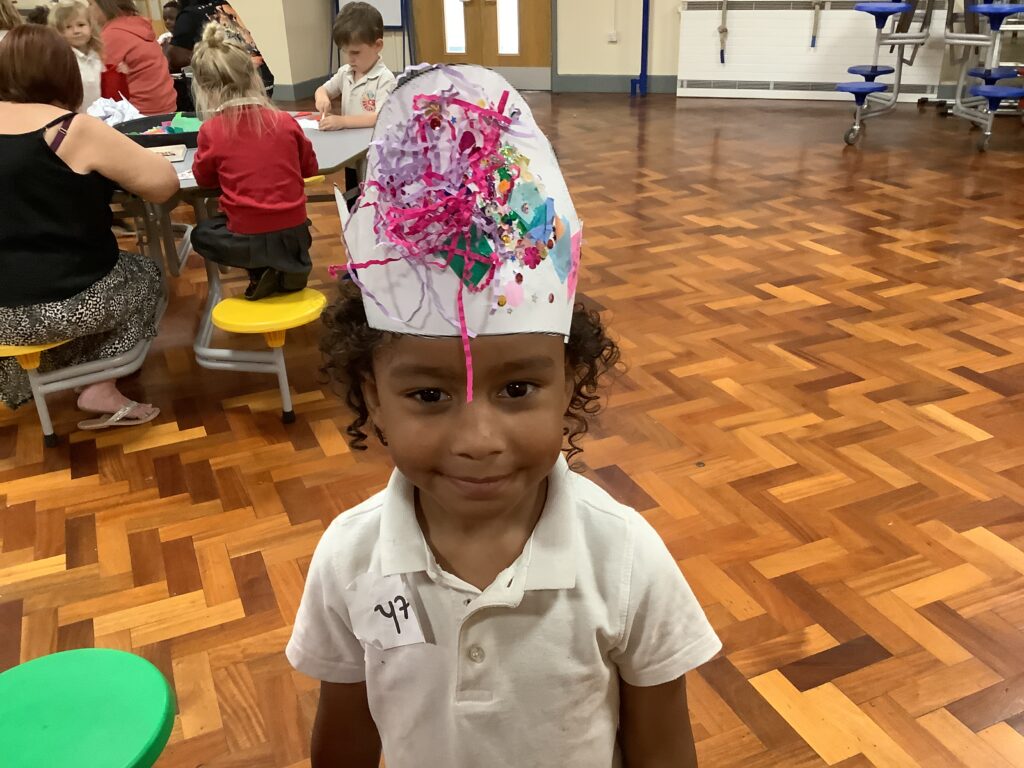
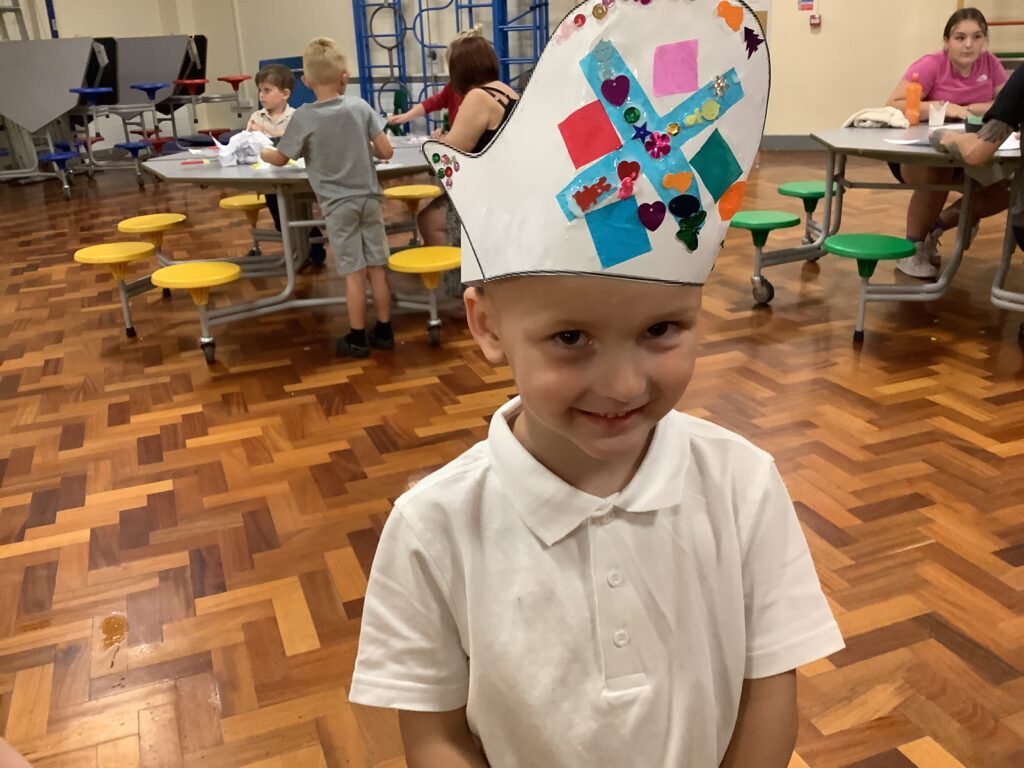

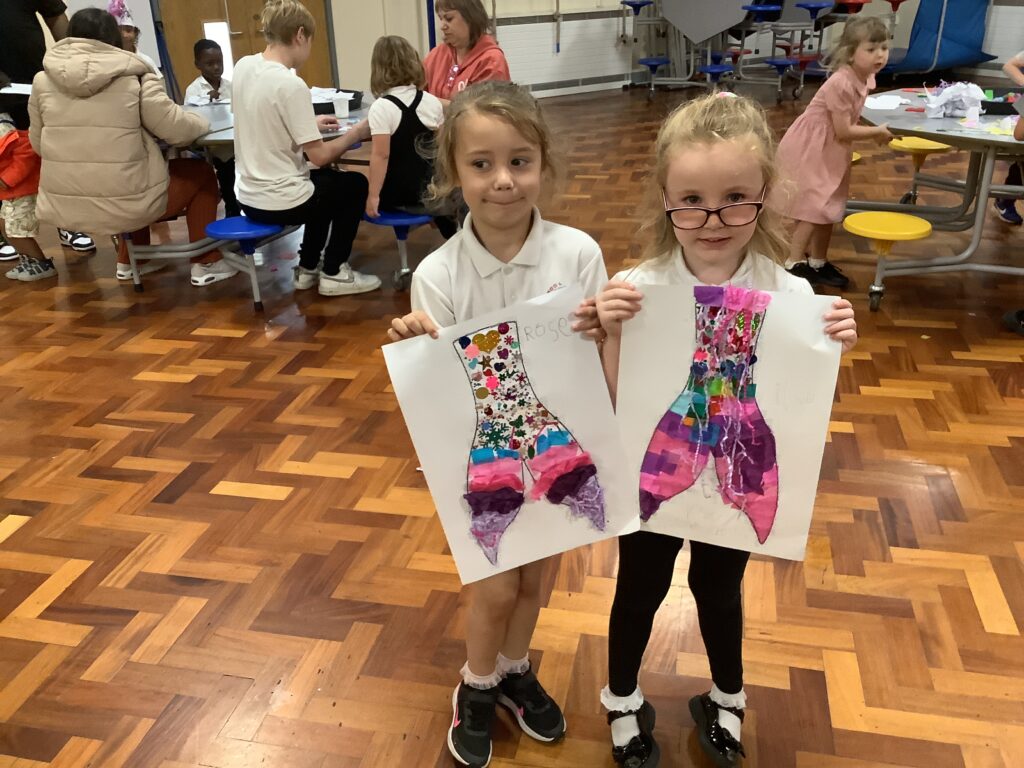
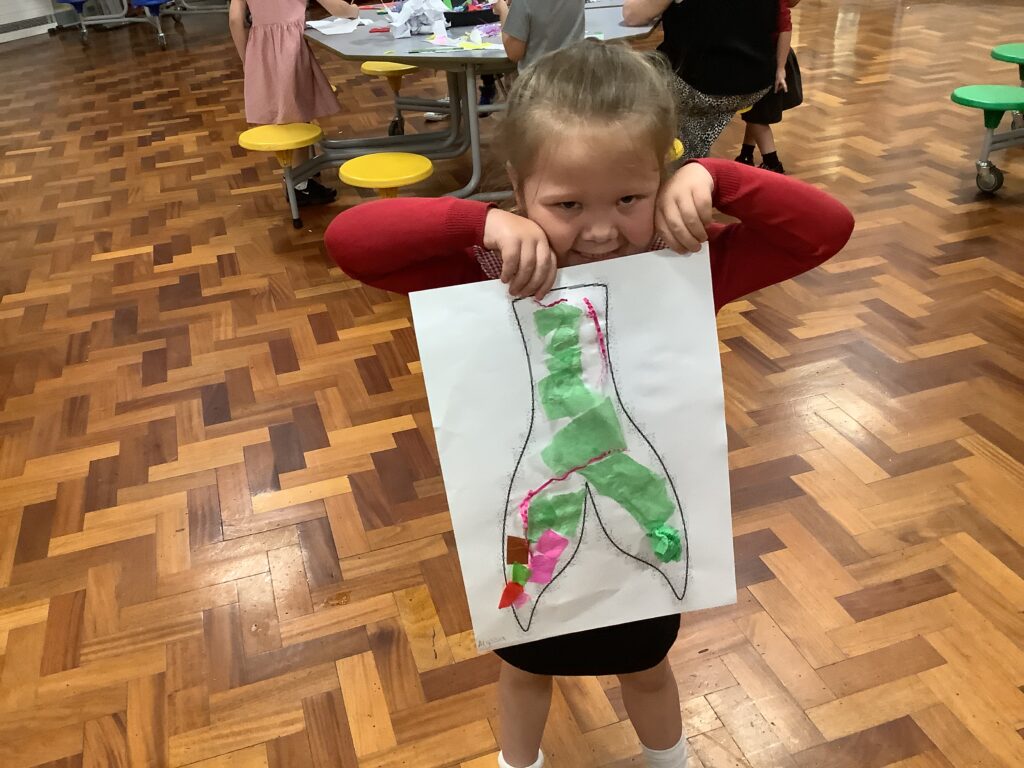
Glow in the dark dodgeball
We have loved our second activity of sports week today, which was glow in the dark dodgeball. We were even better this time!
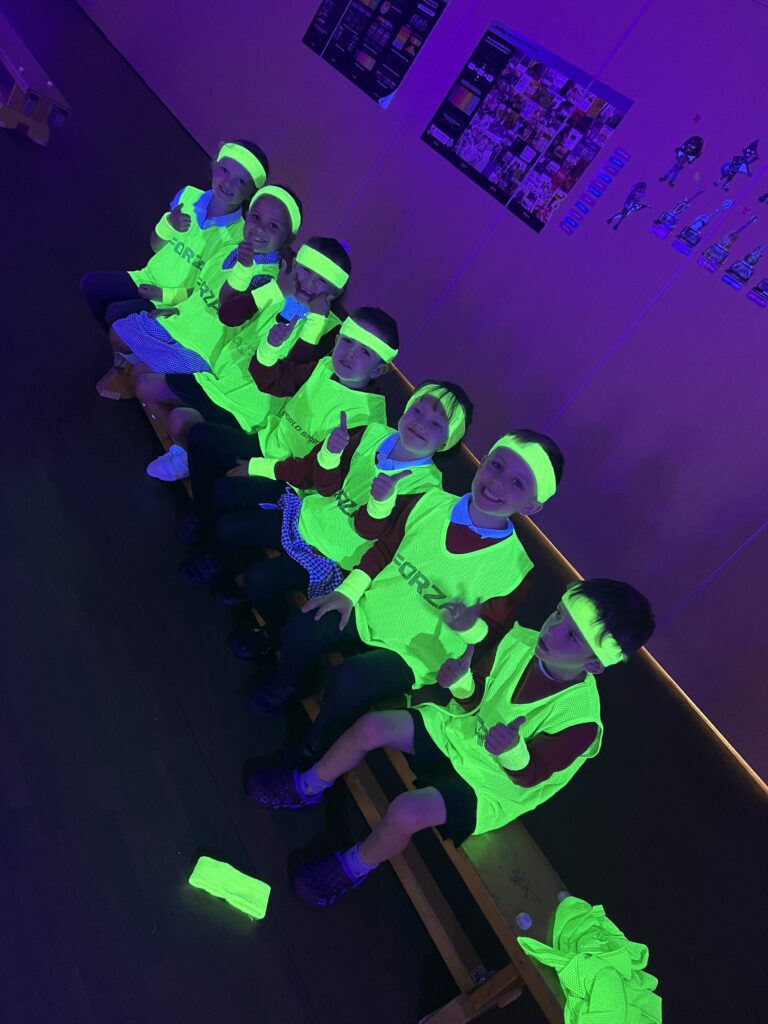
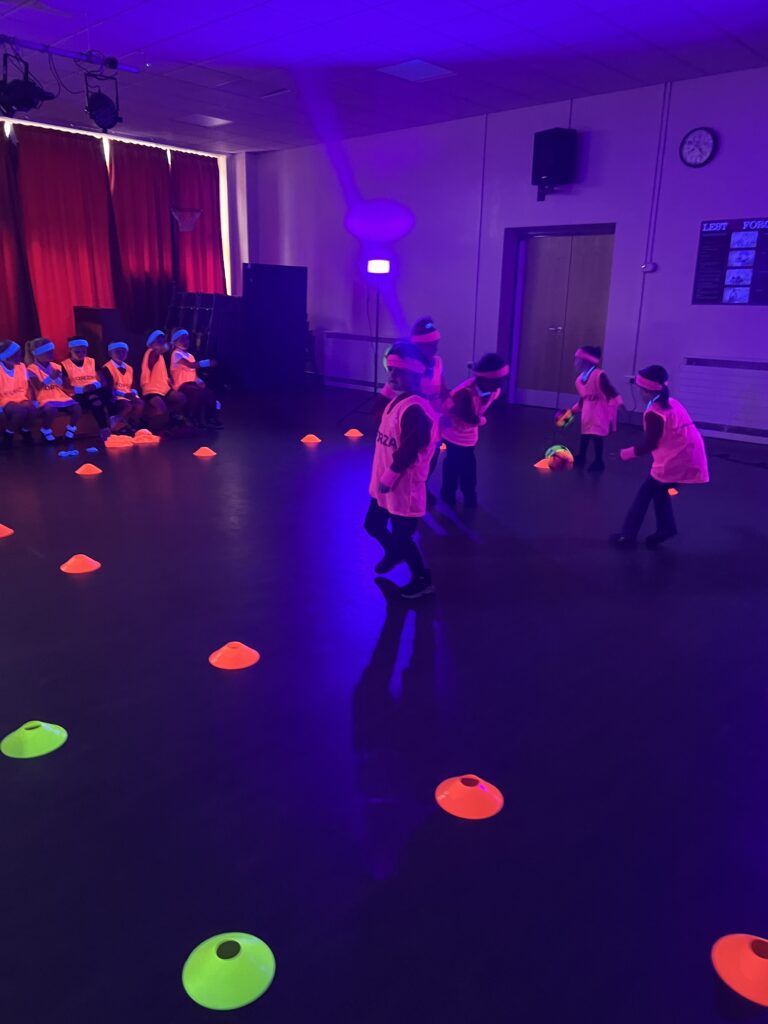
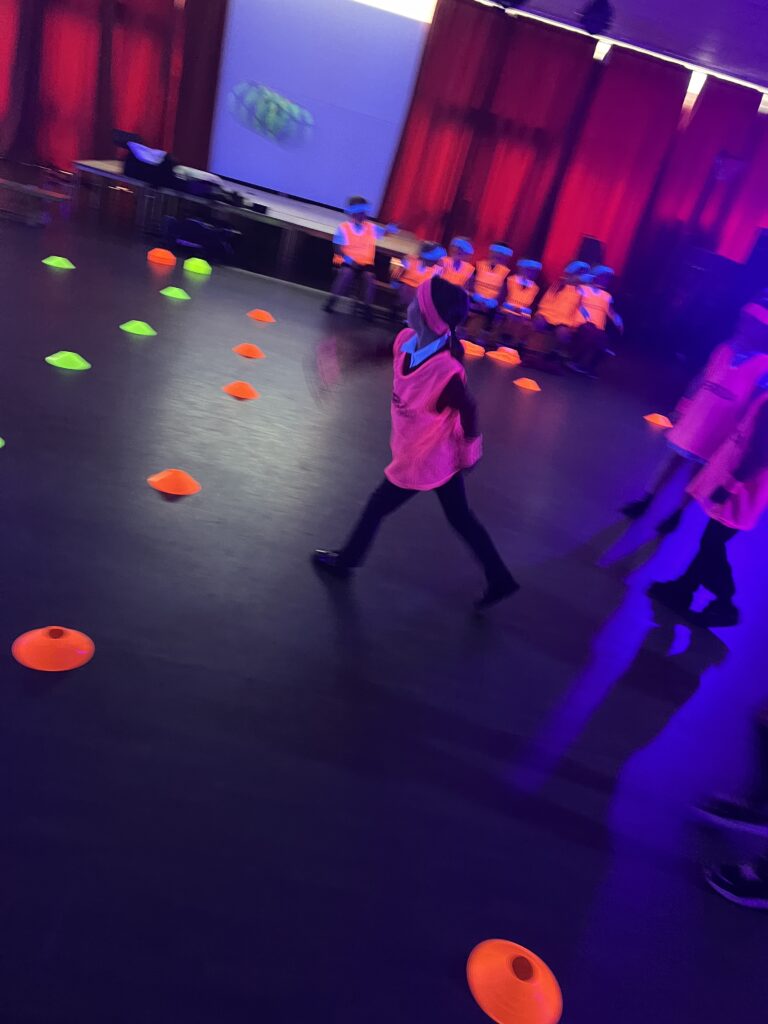
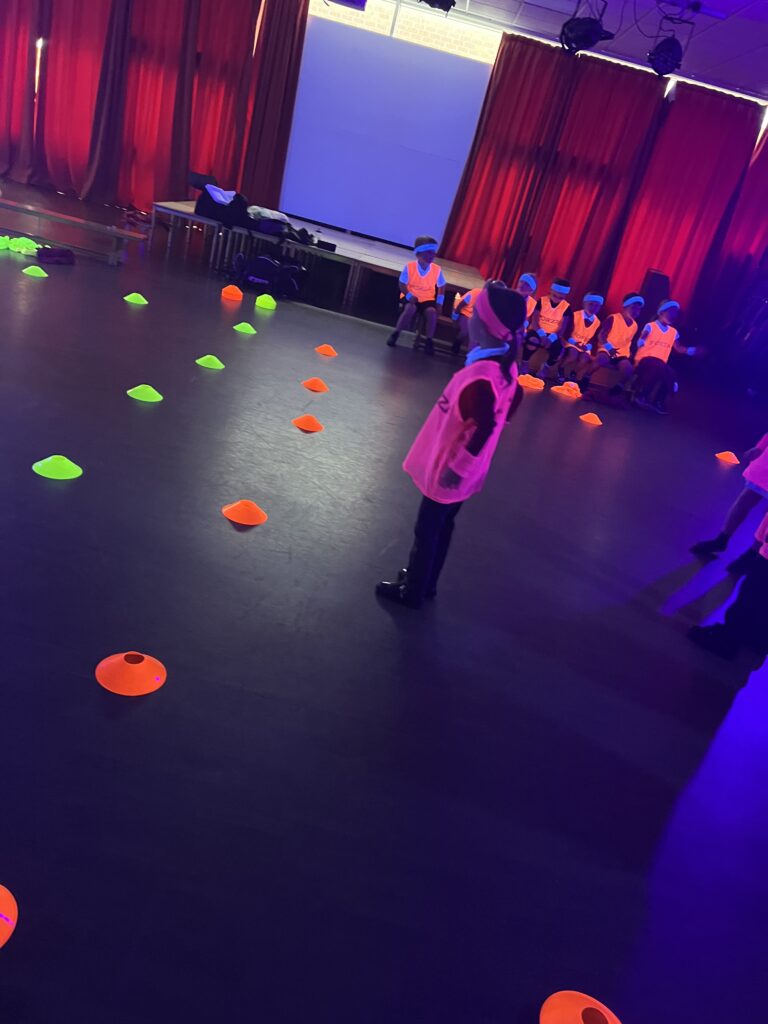

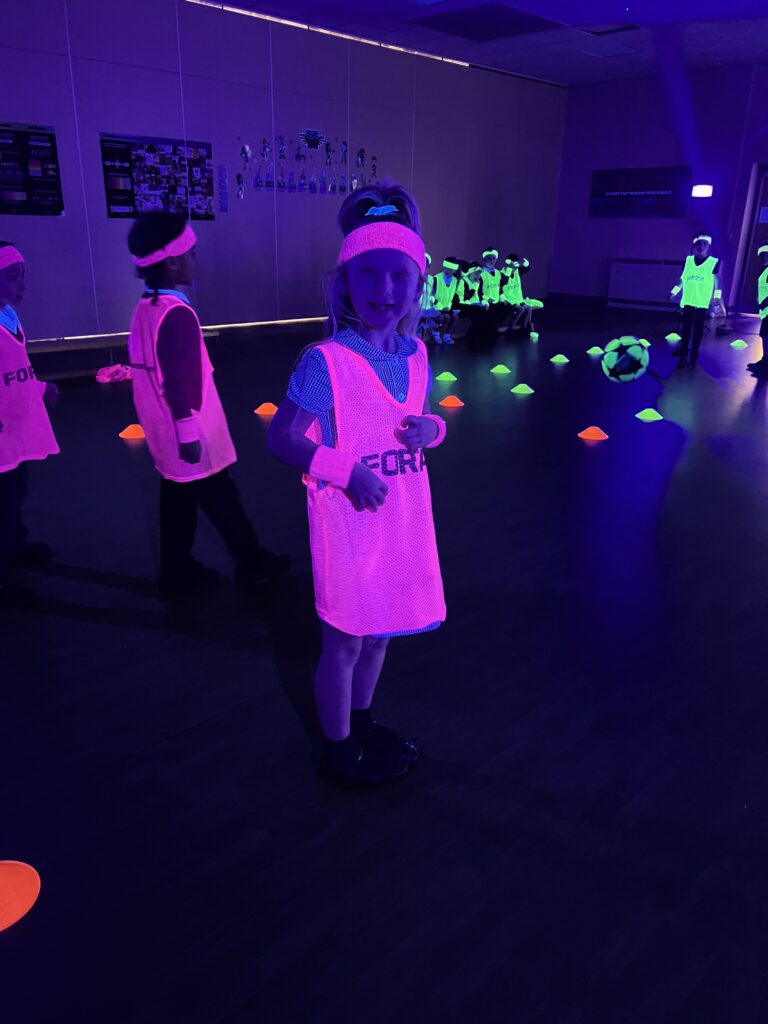

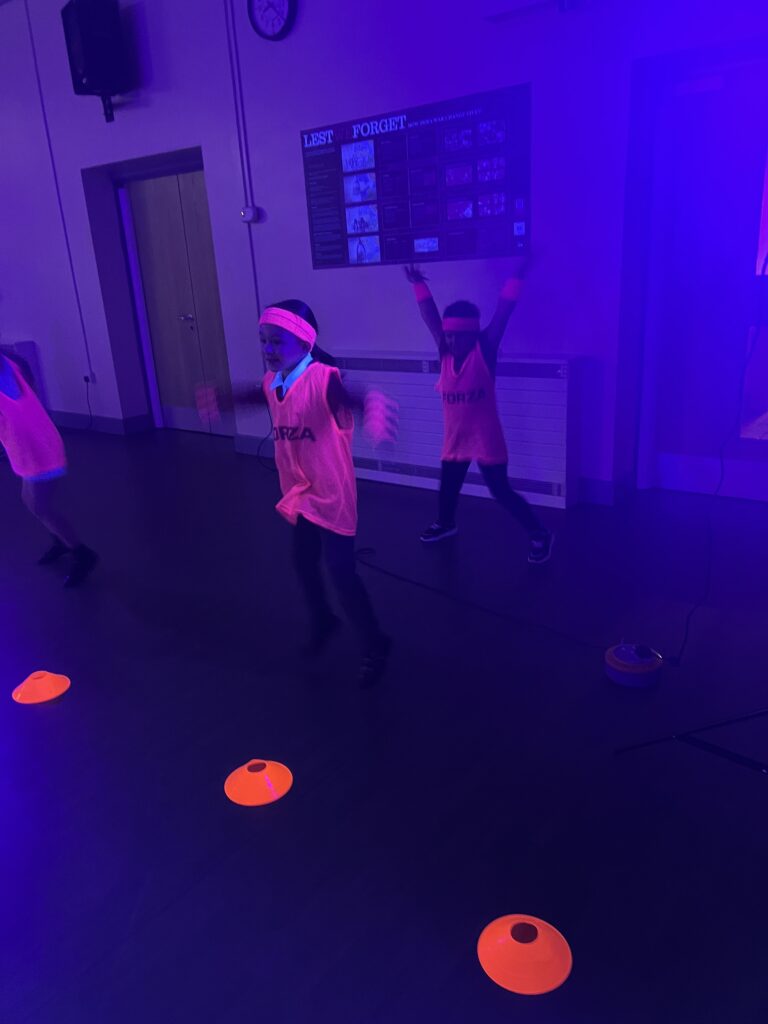
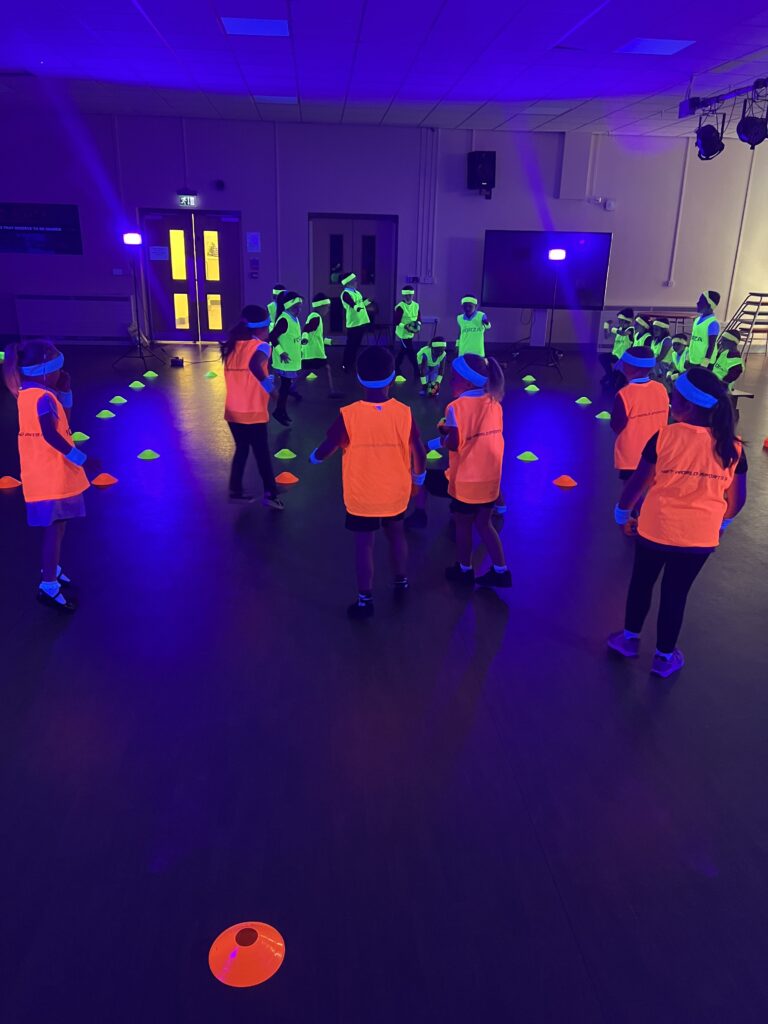

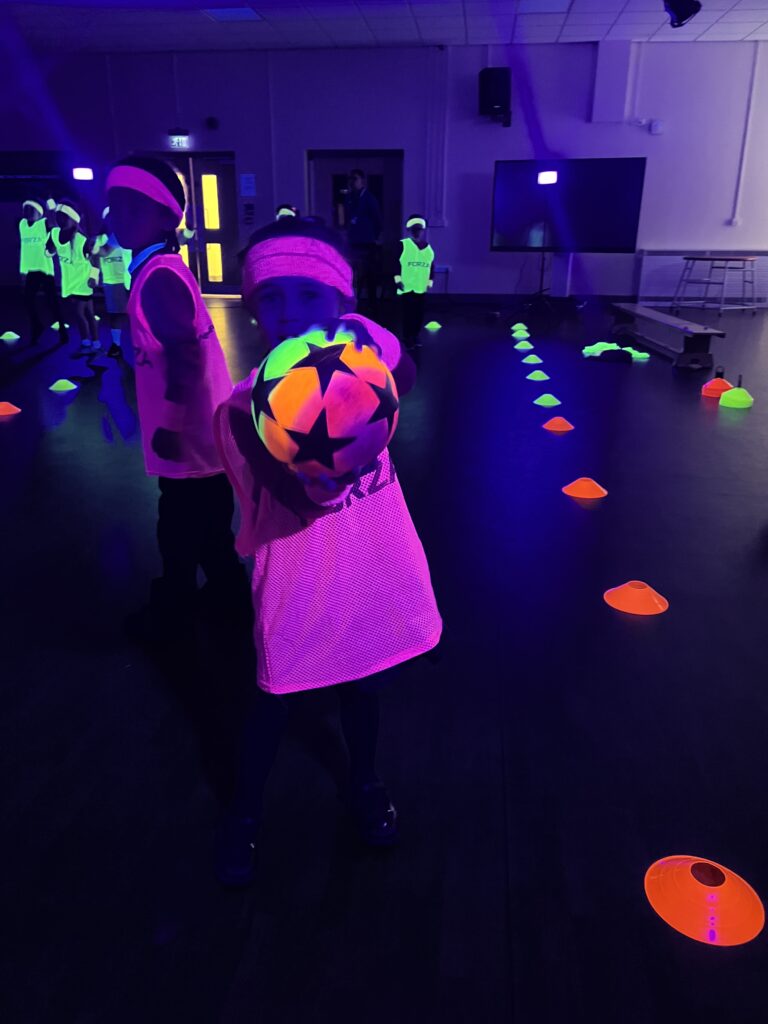
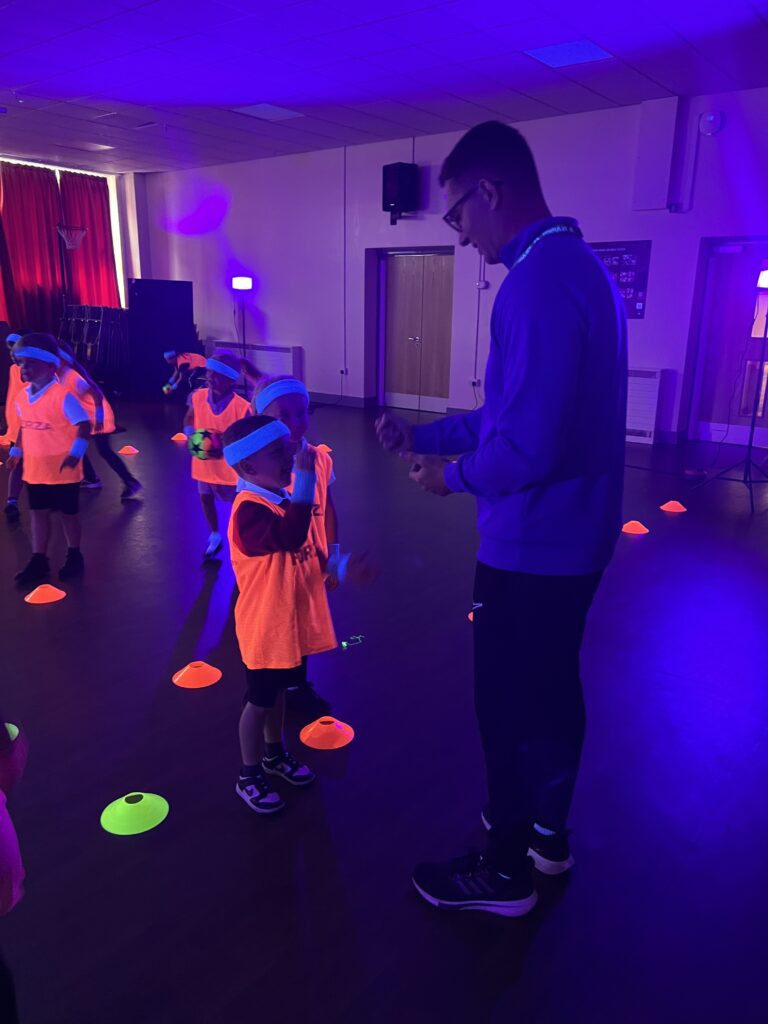
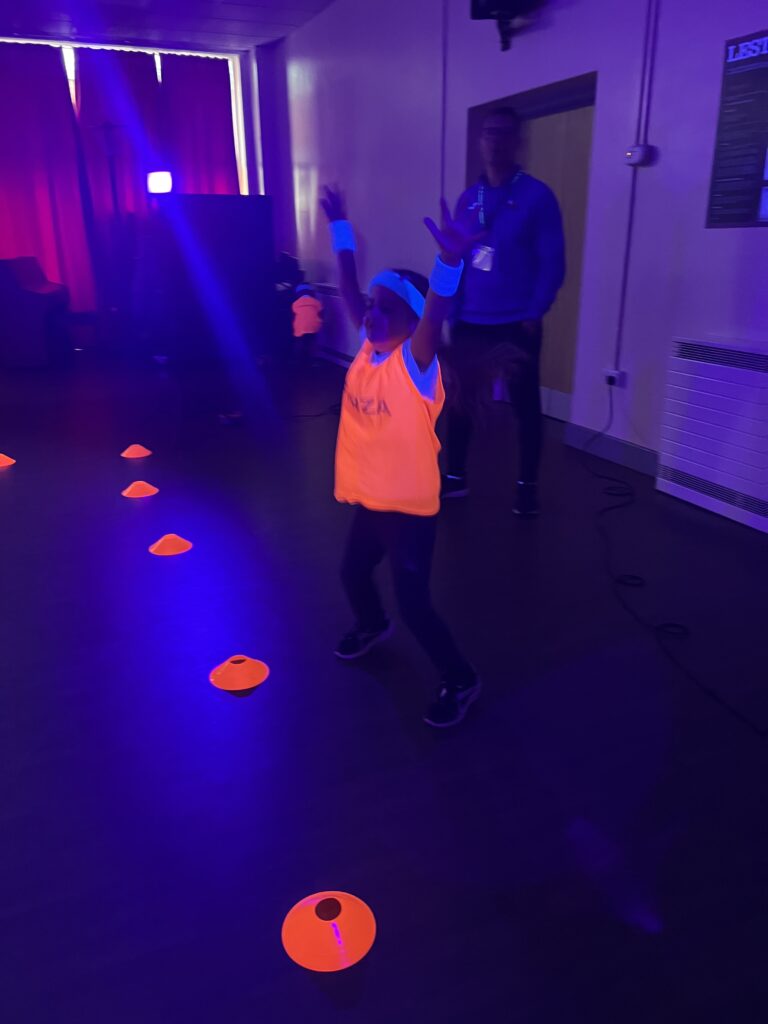
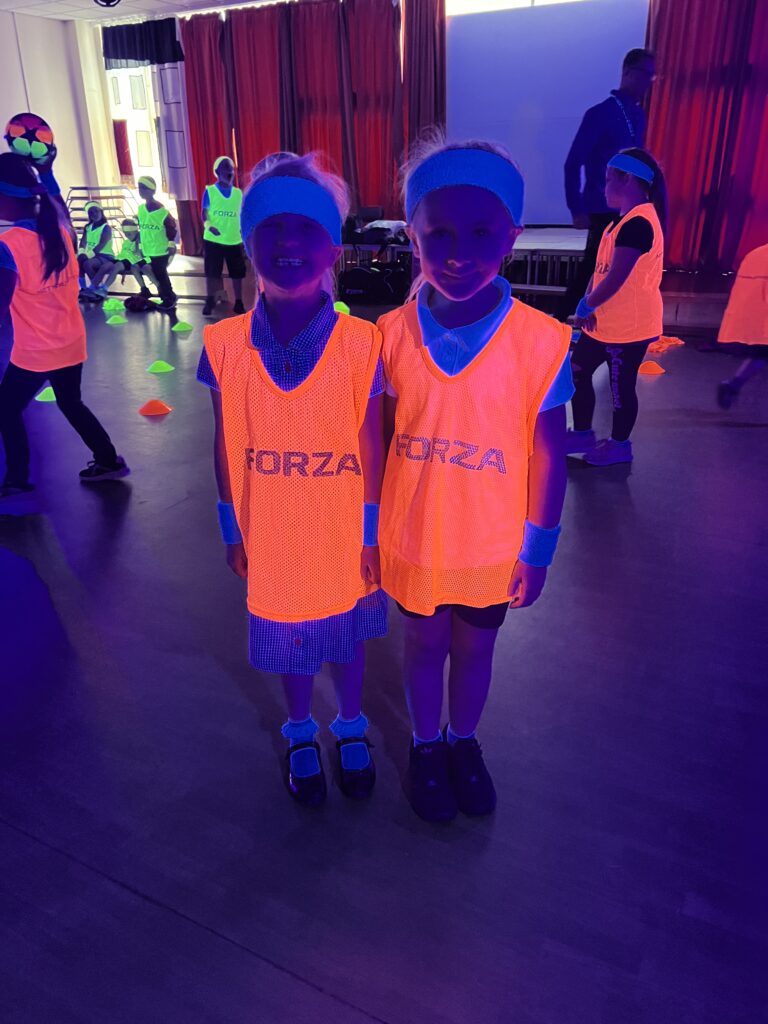
Circuit training with Becky
This morning we loved our circuit training with Becky, we did star jumps, mountain climbers, push ups and spotty dogs.
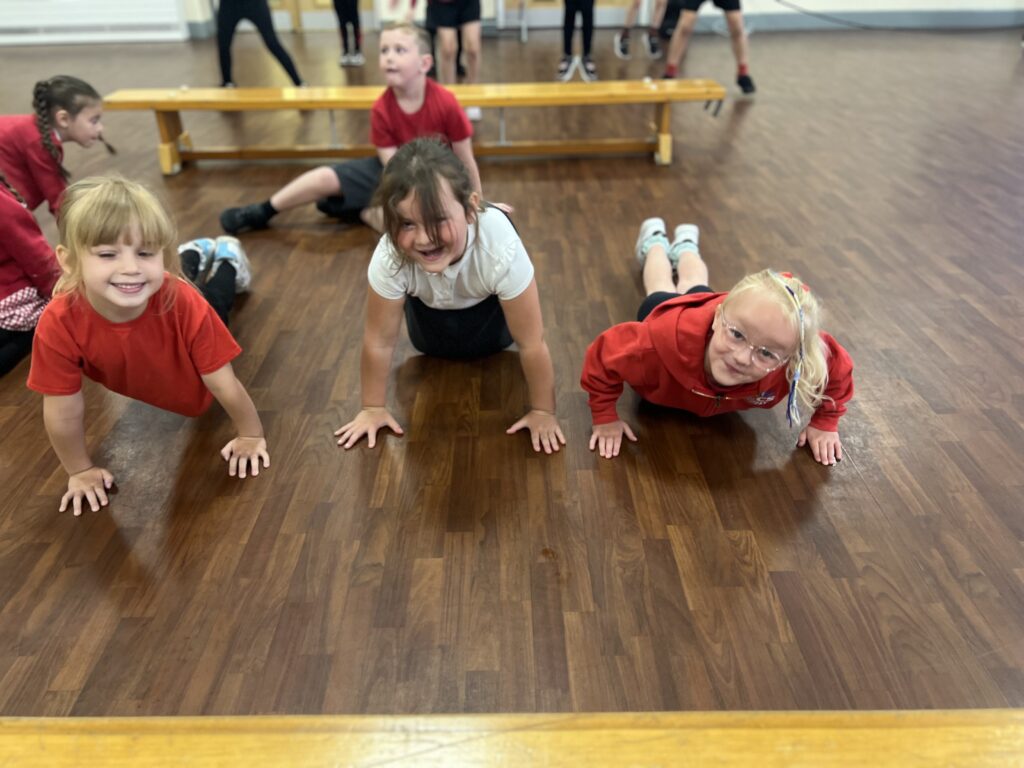
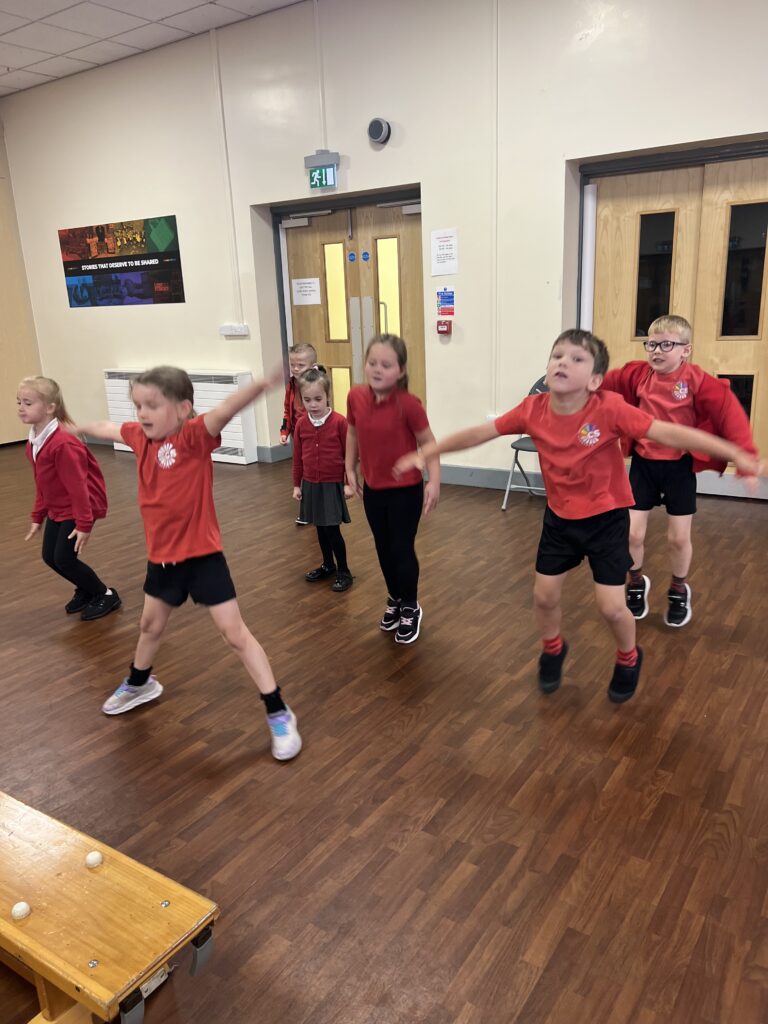

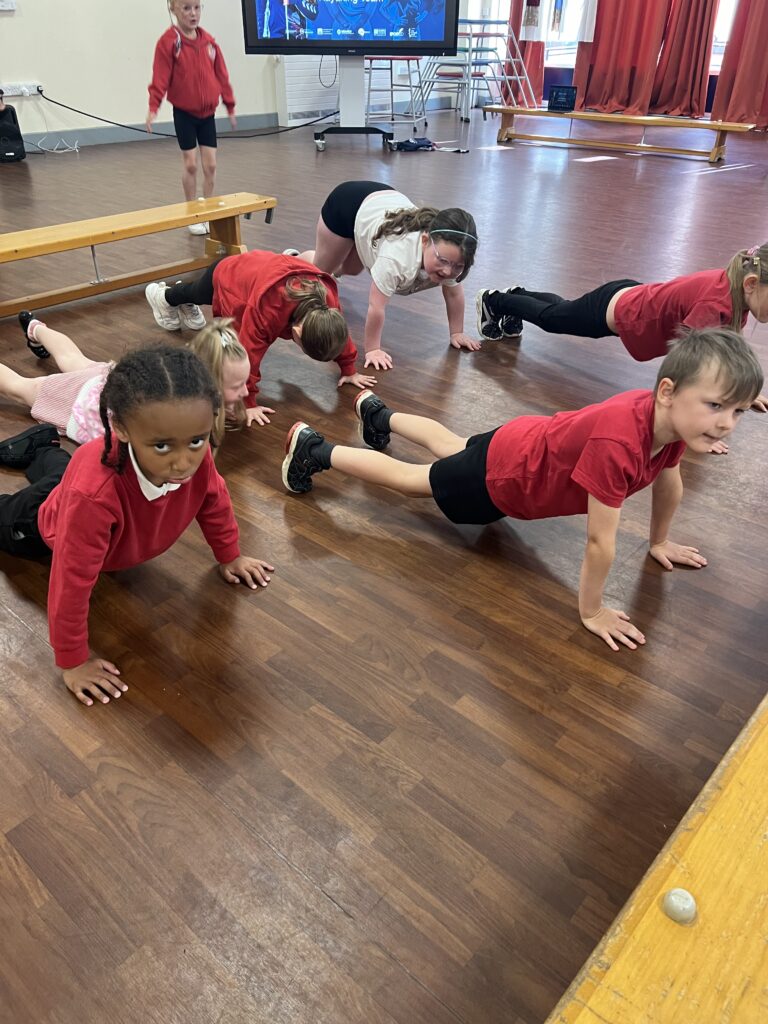

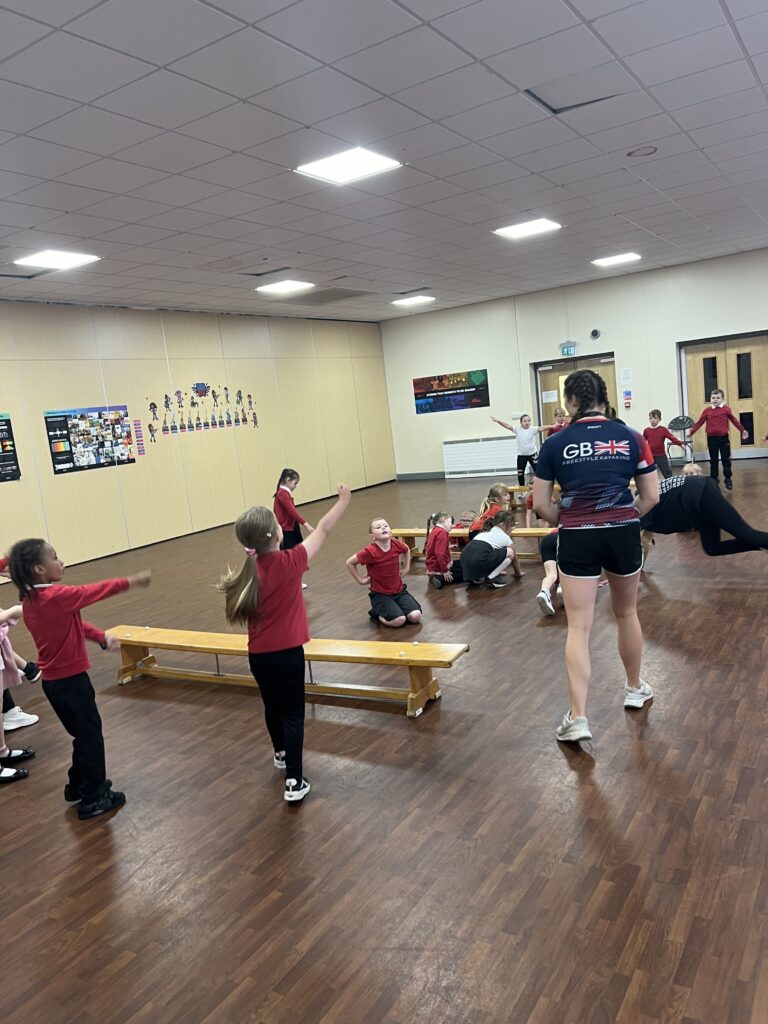

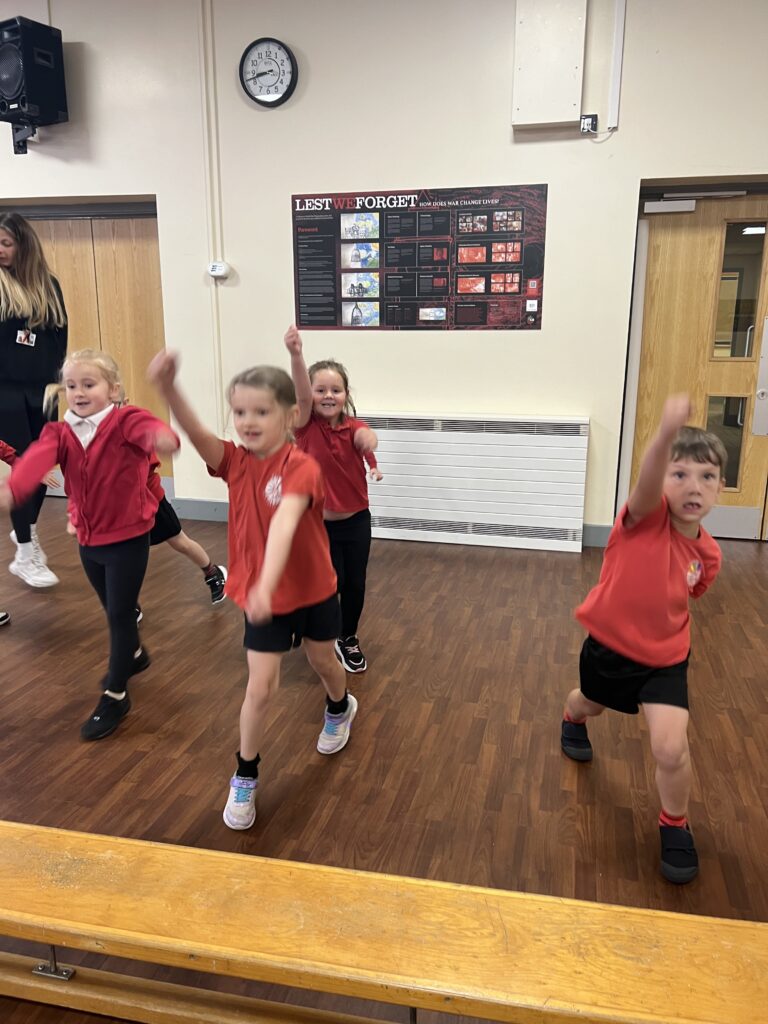


Acro & cheer showcase
Today we had our final acro & cheer showcase of the year. It really put a smile on all of our faces seeing how far all of the children have come from attending lunch clubs this year. Well done everyone and thank you to Miss Ellie for facilitating it!
